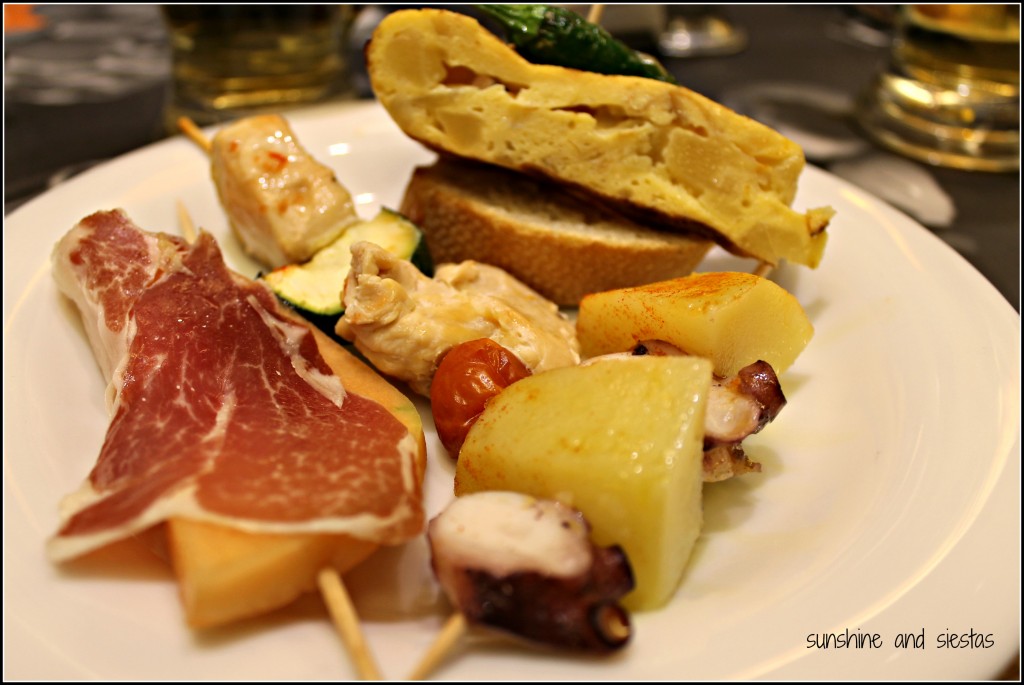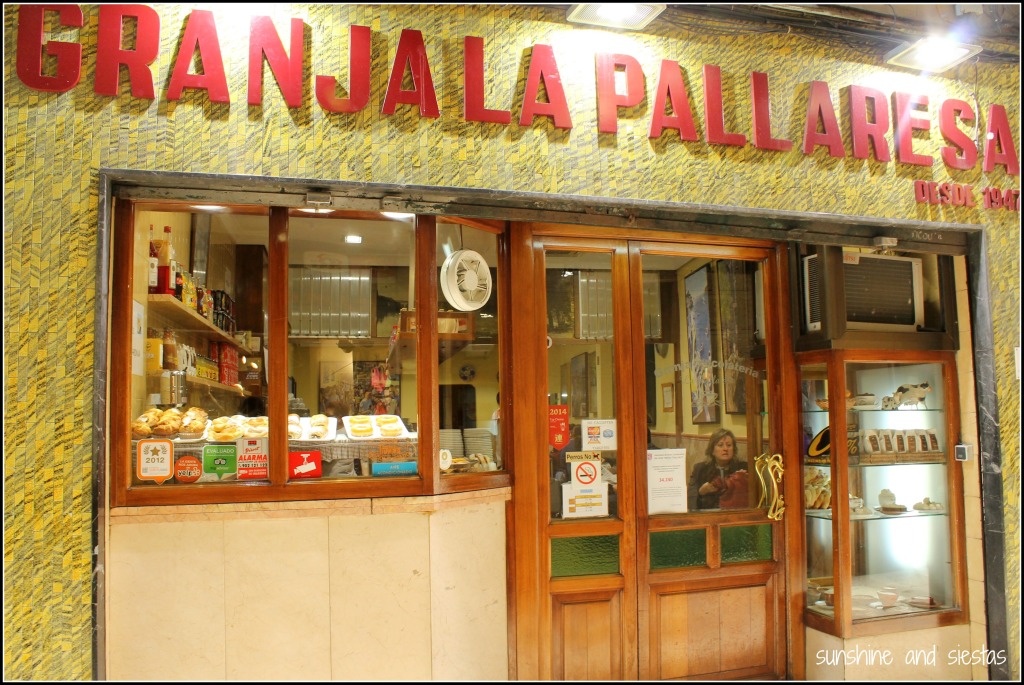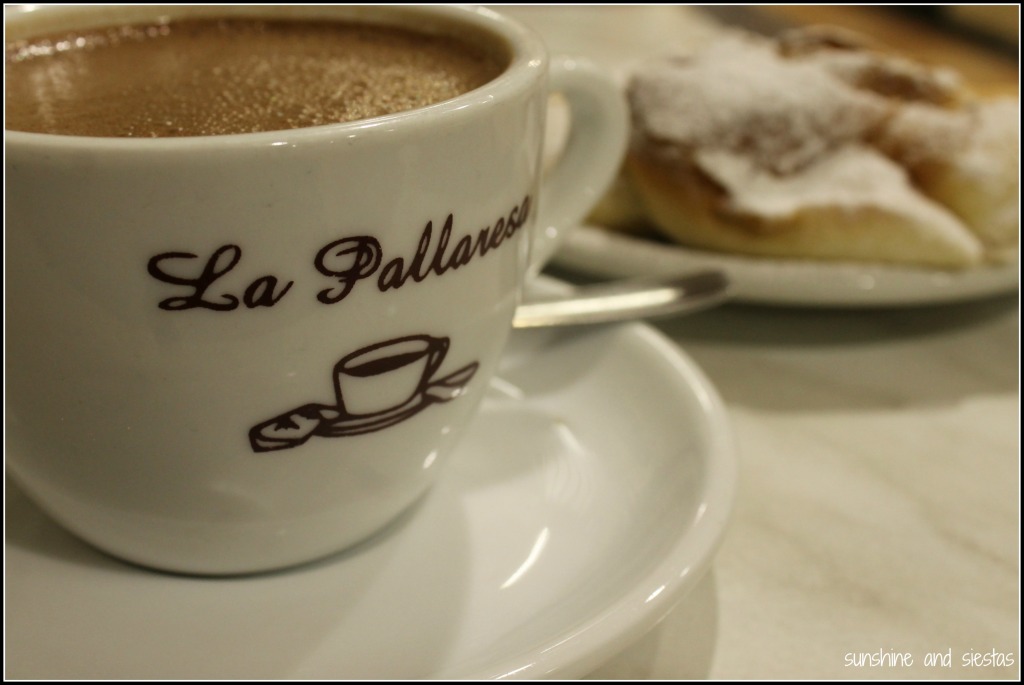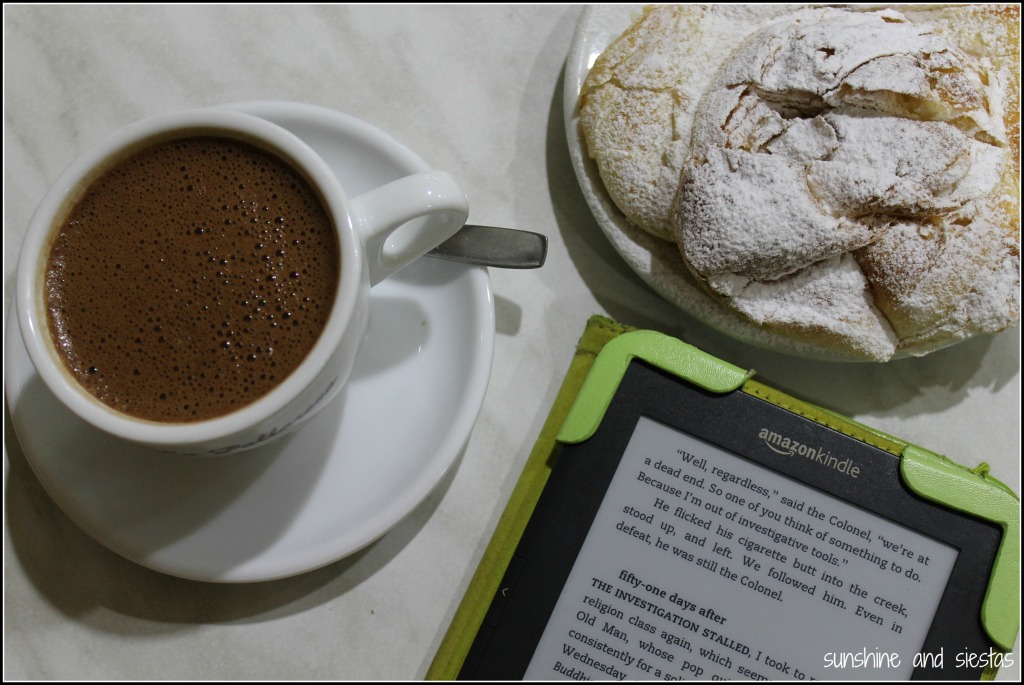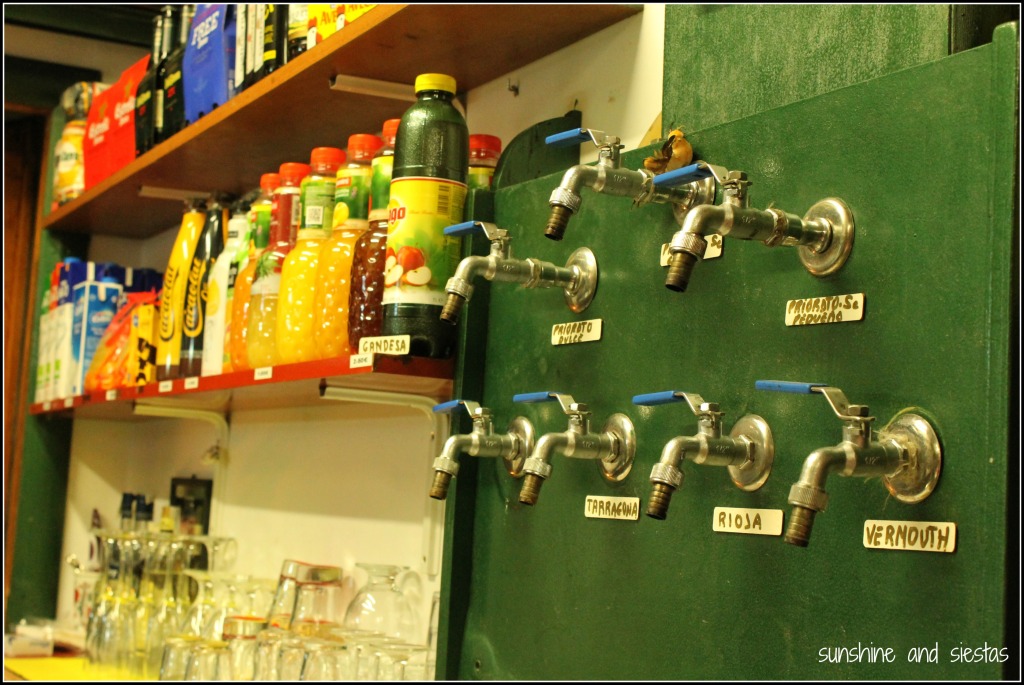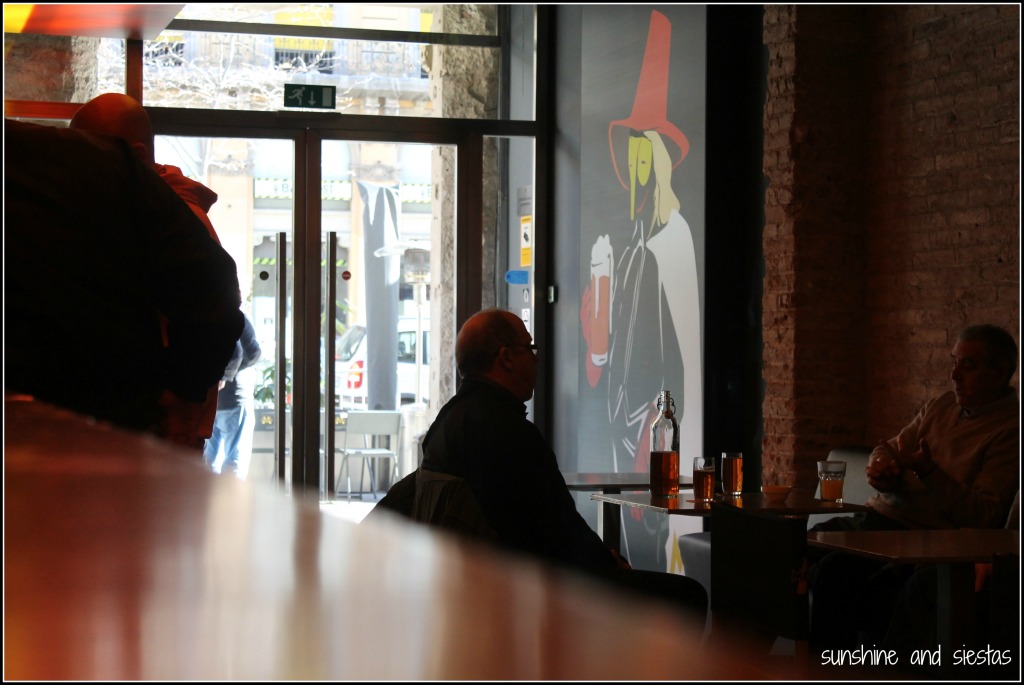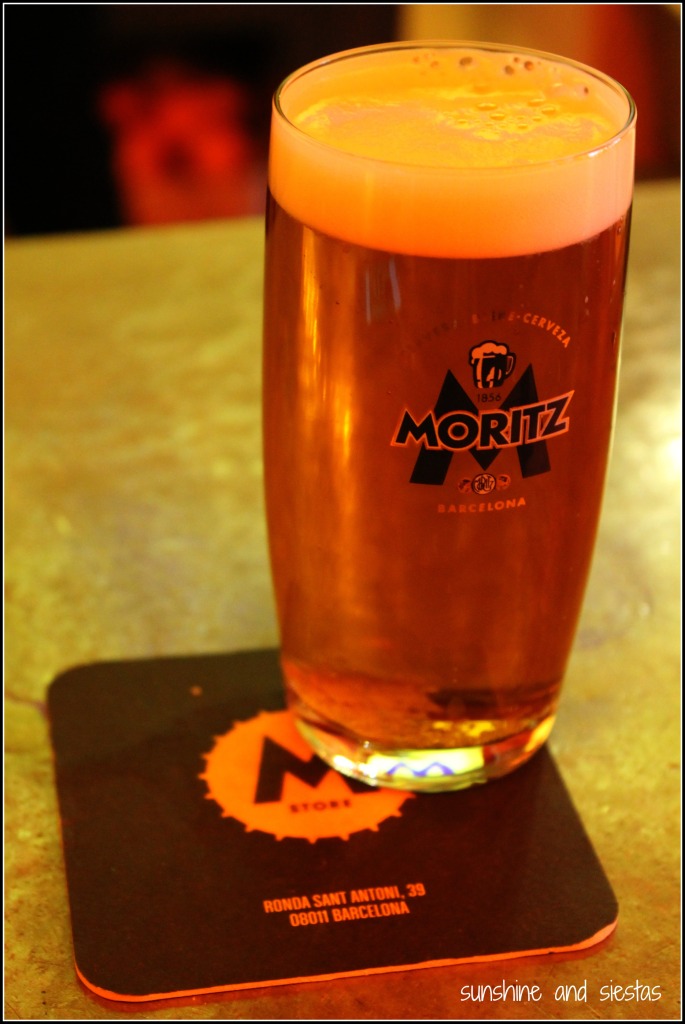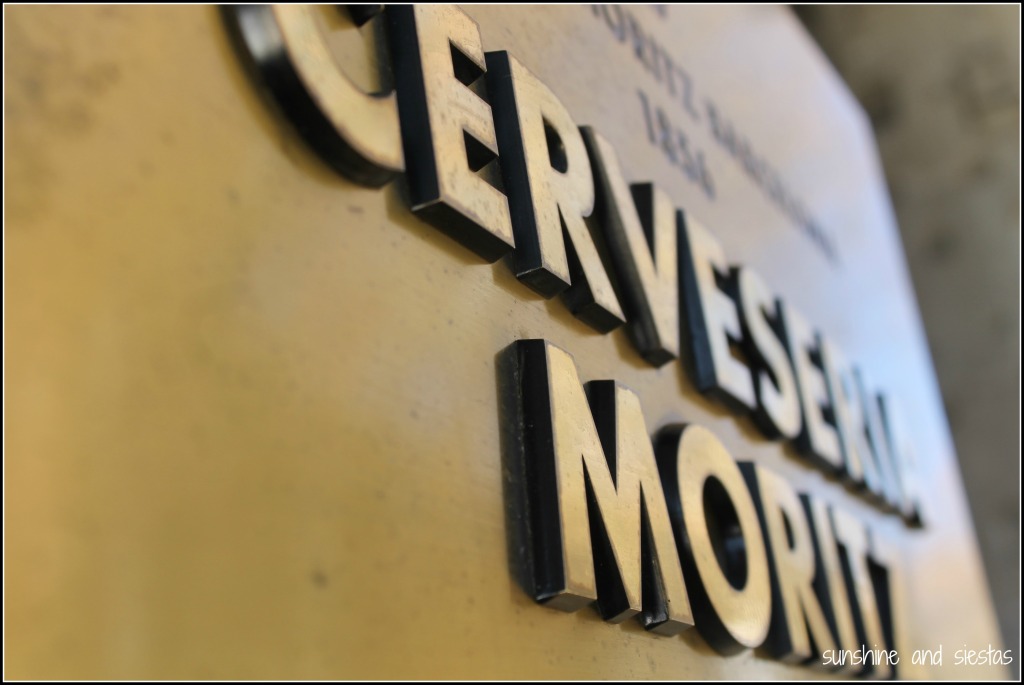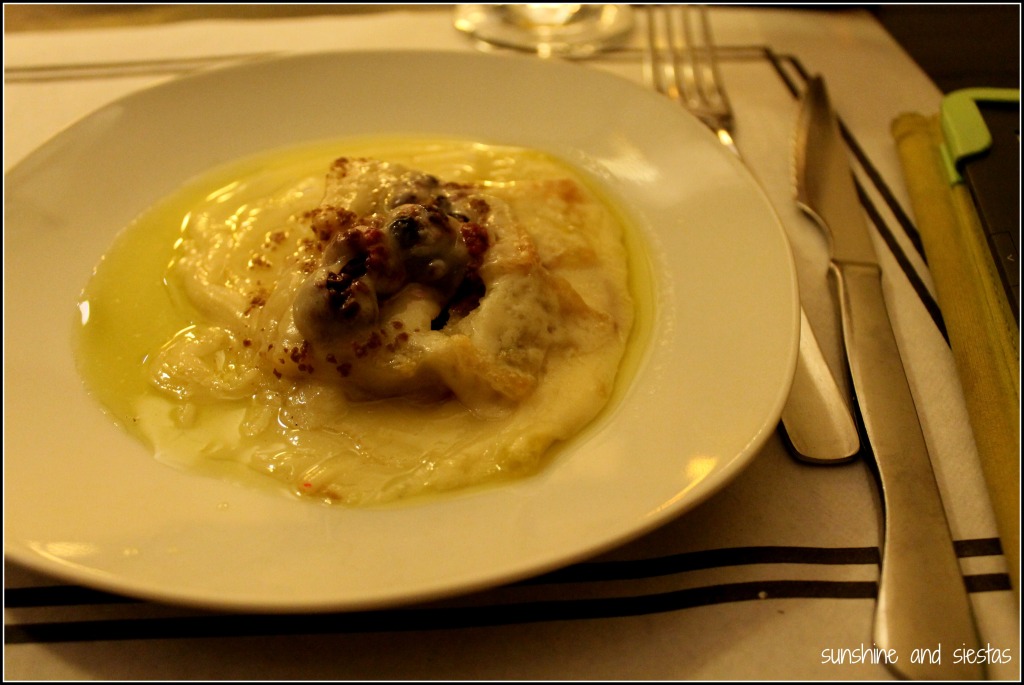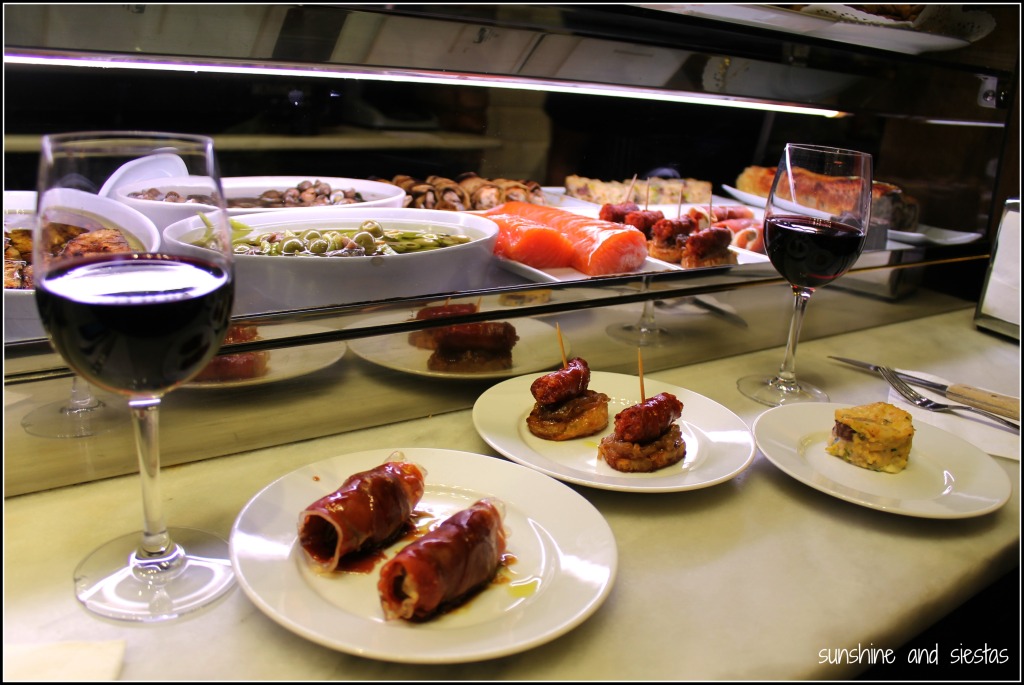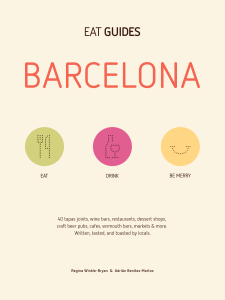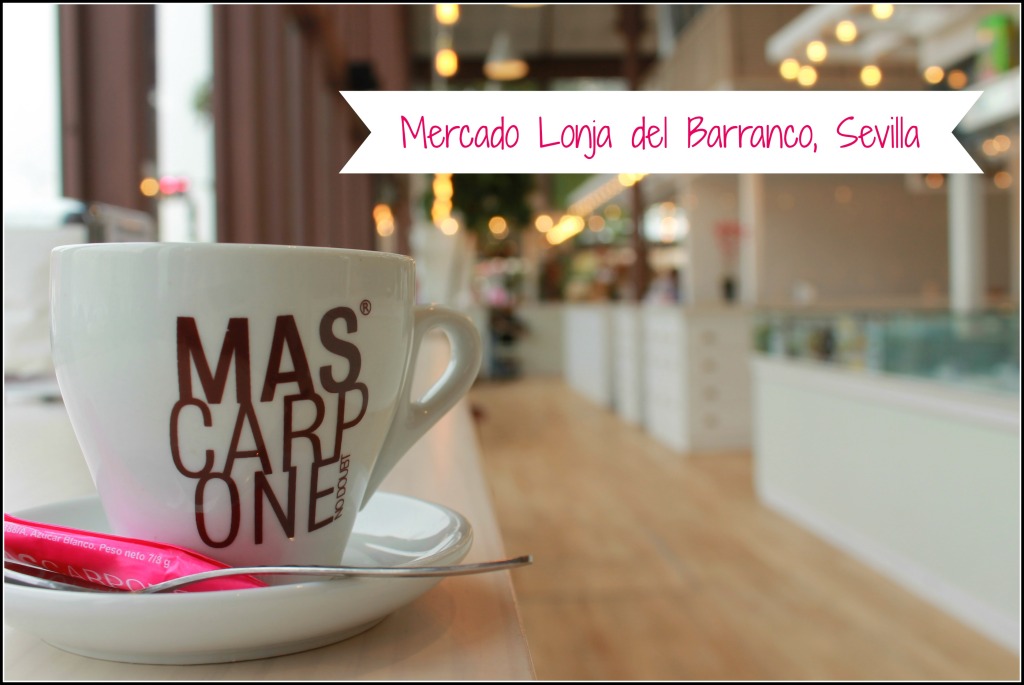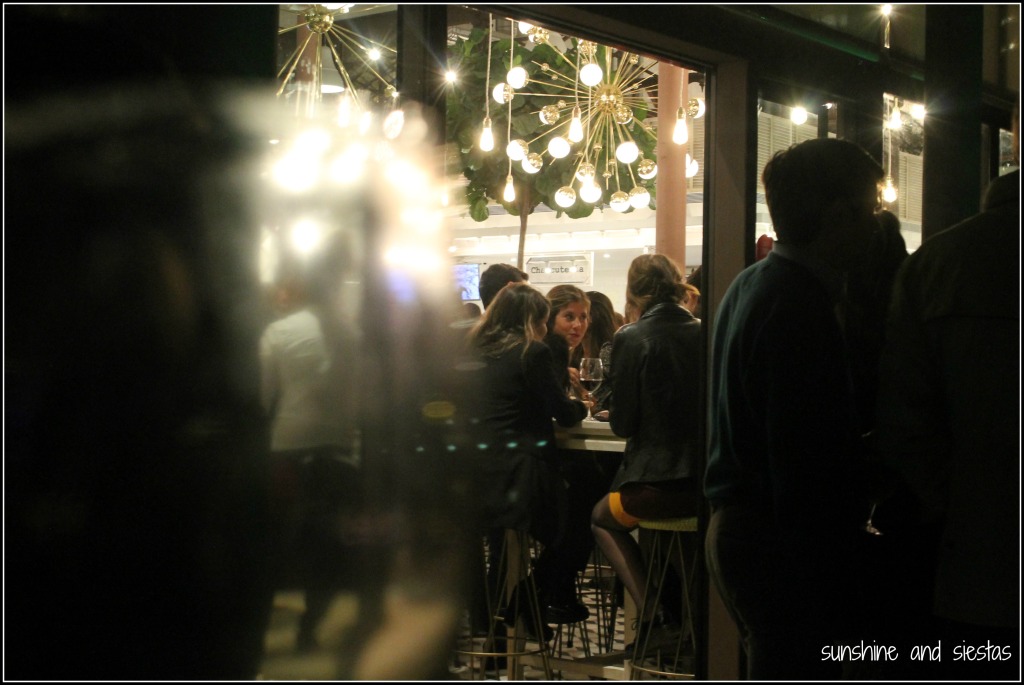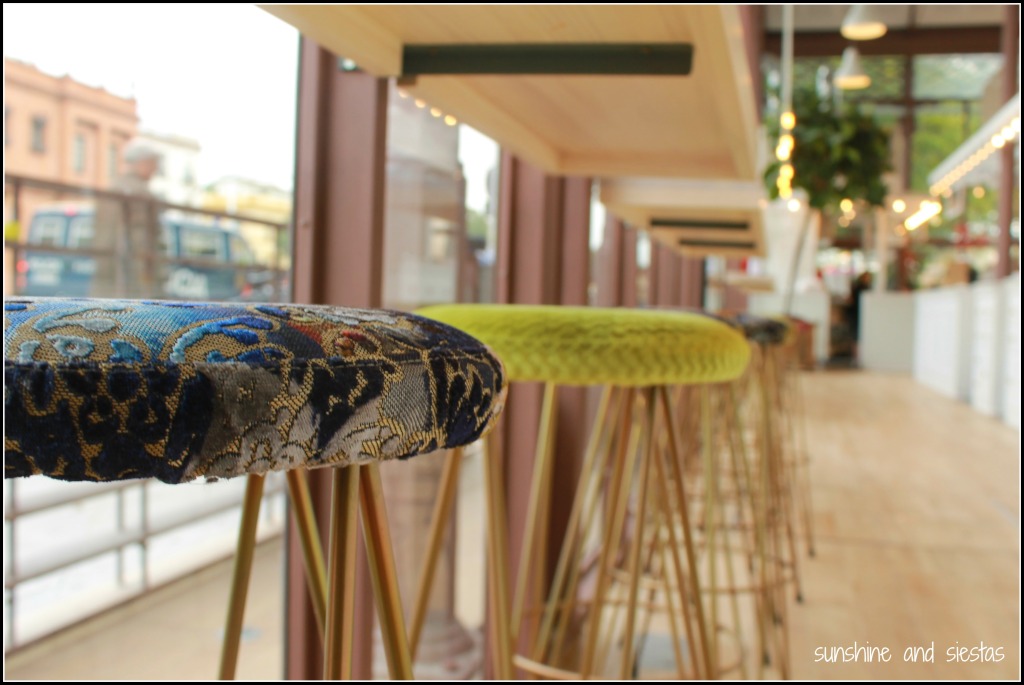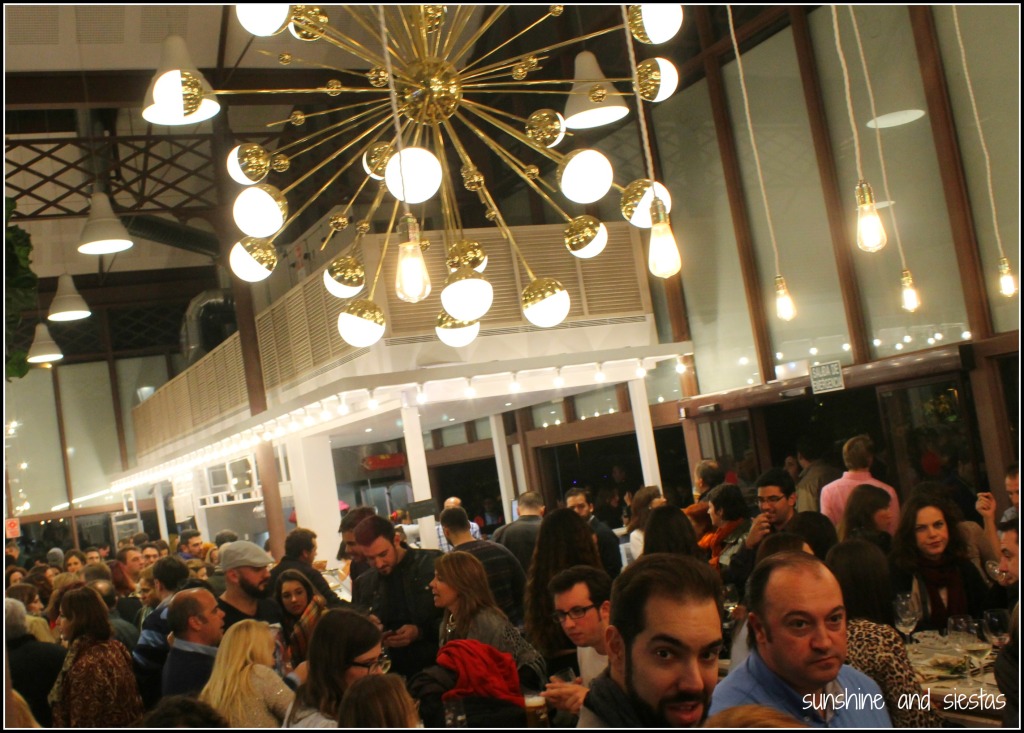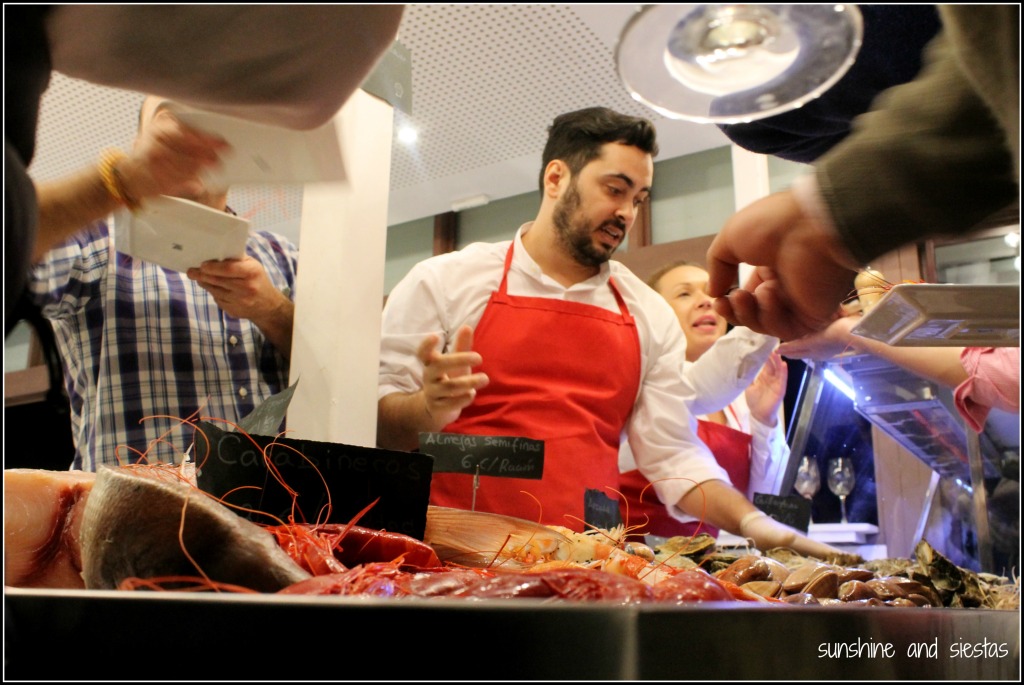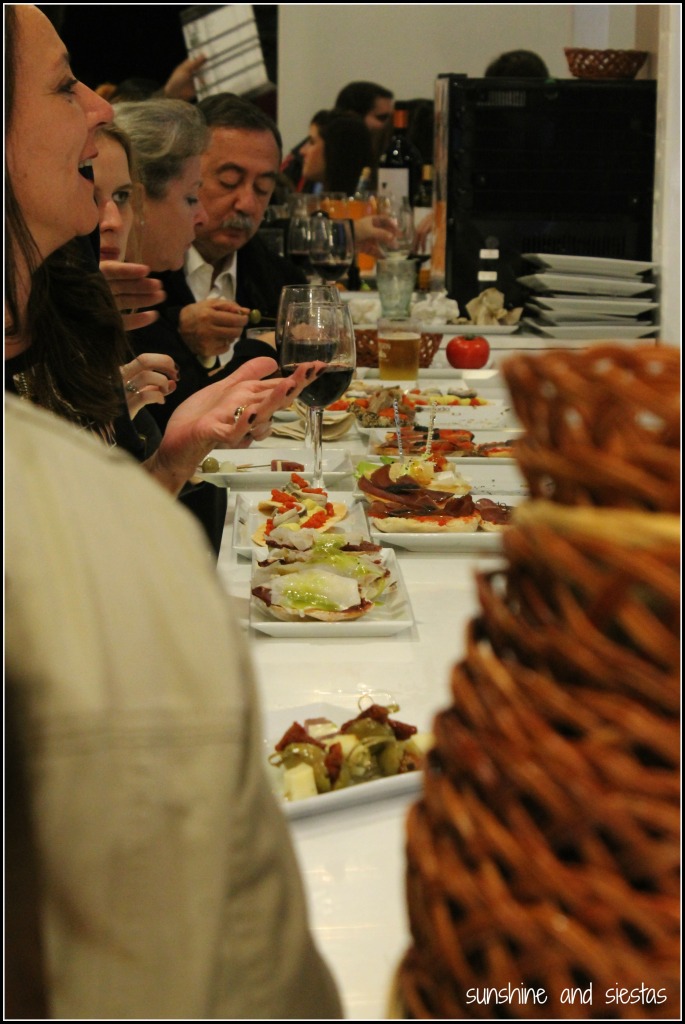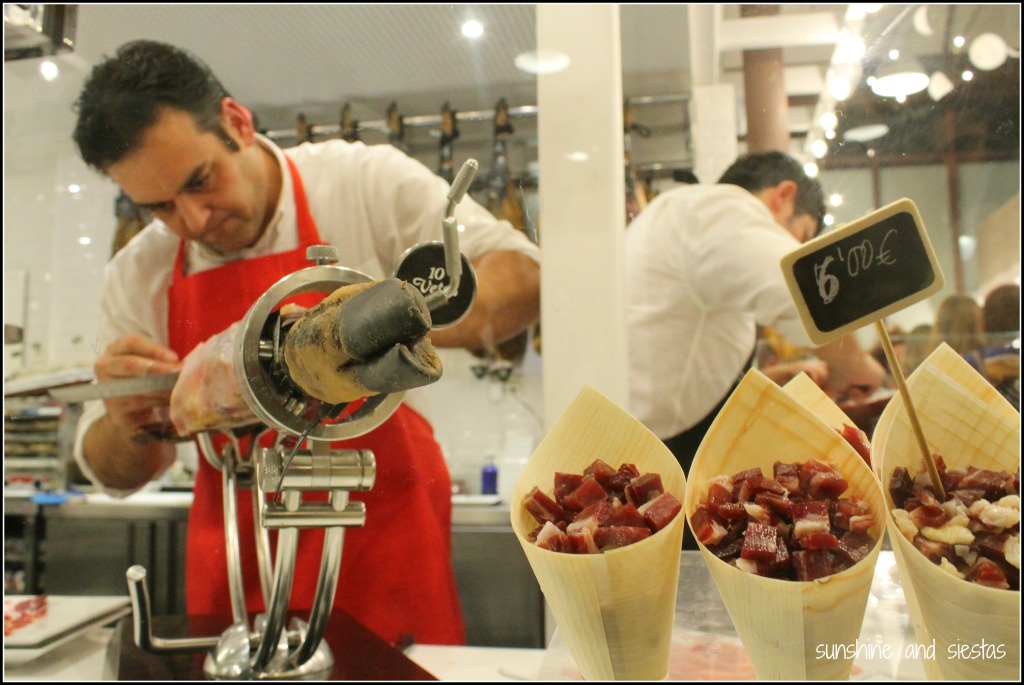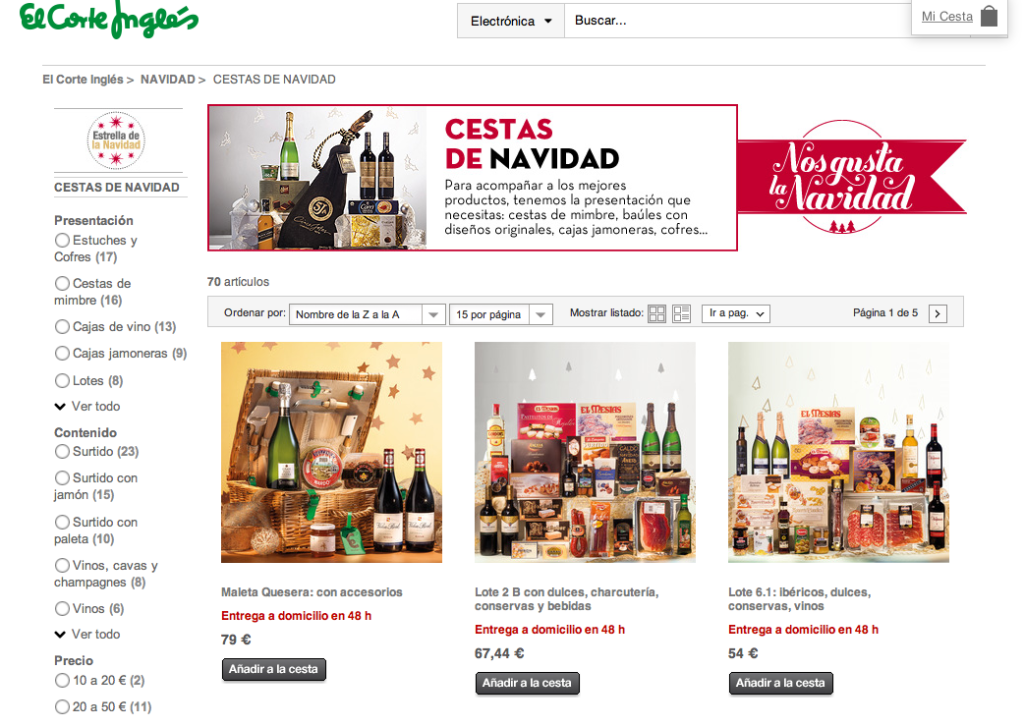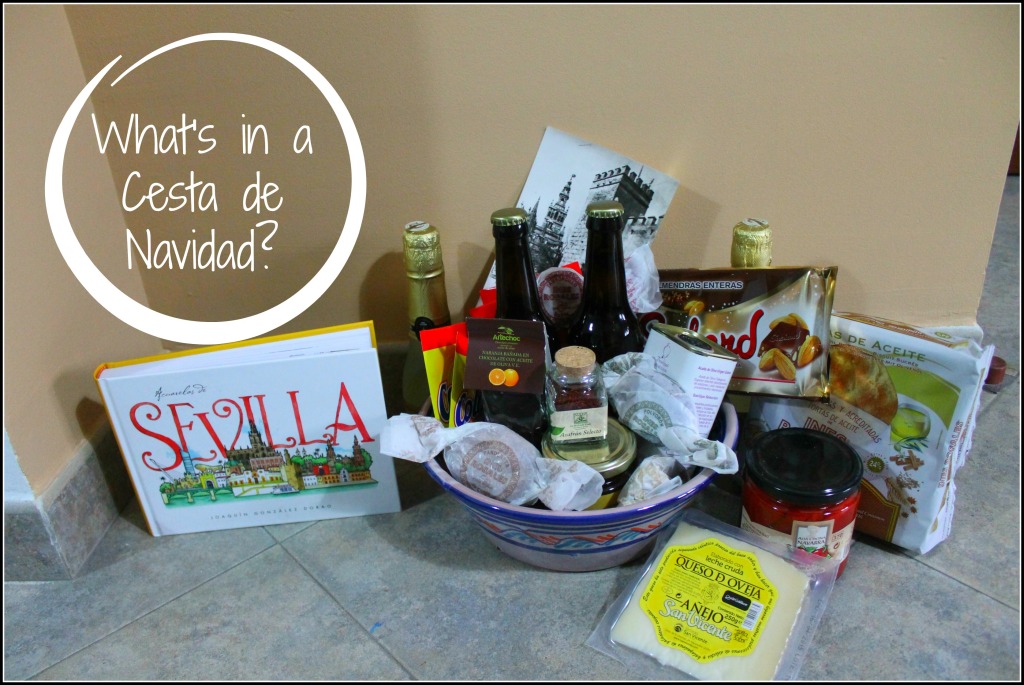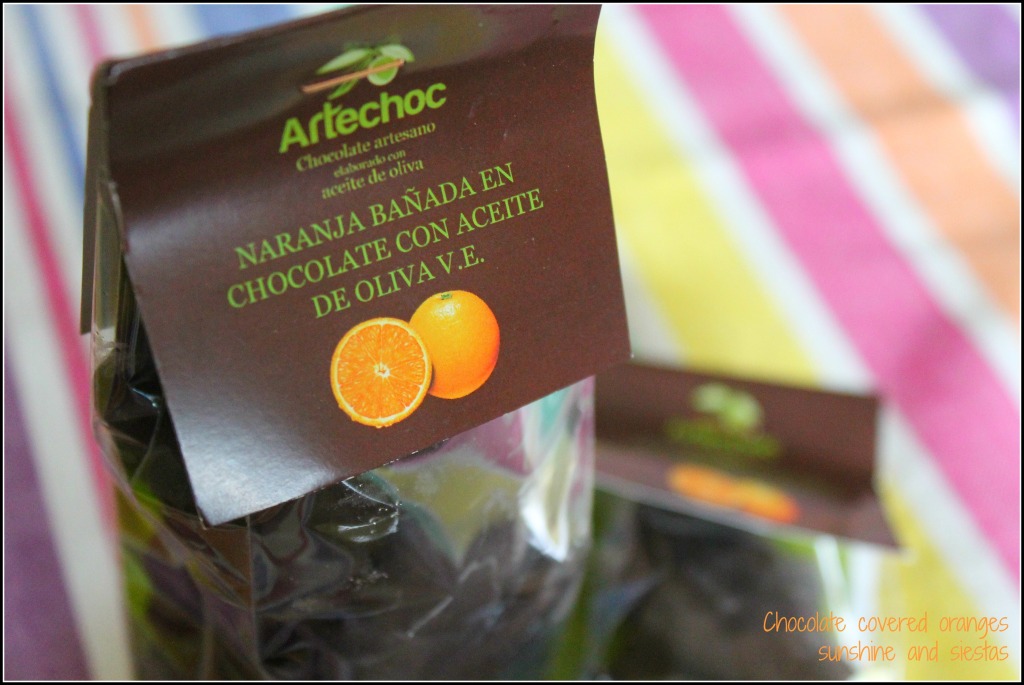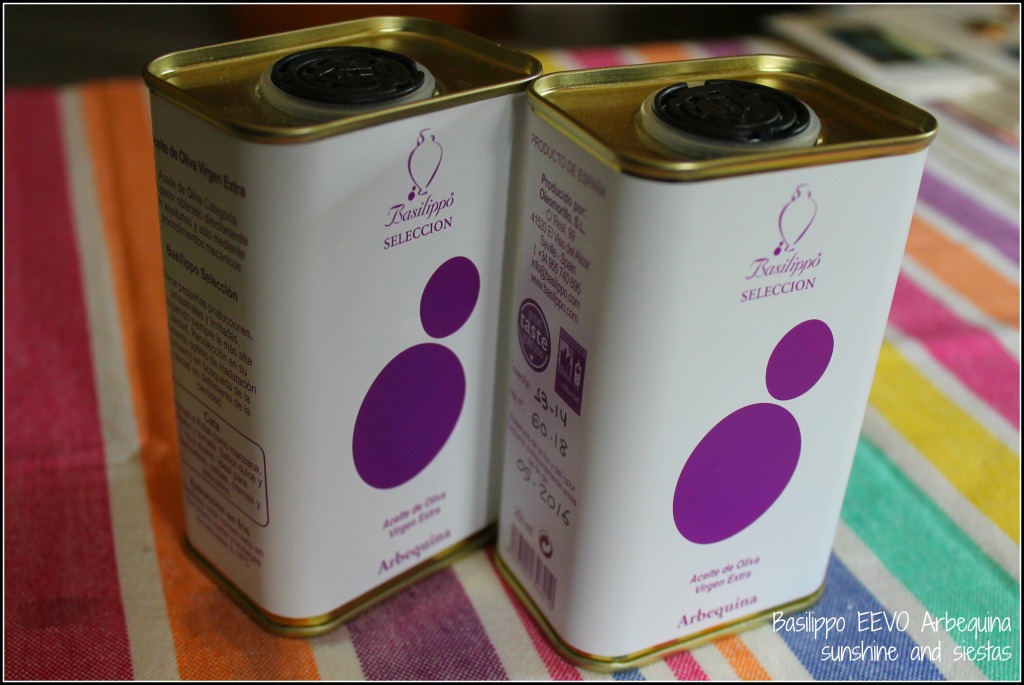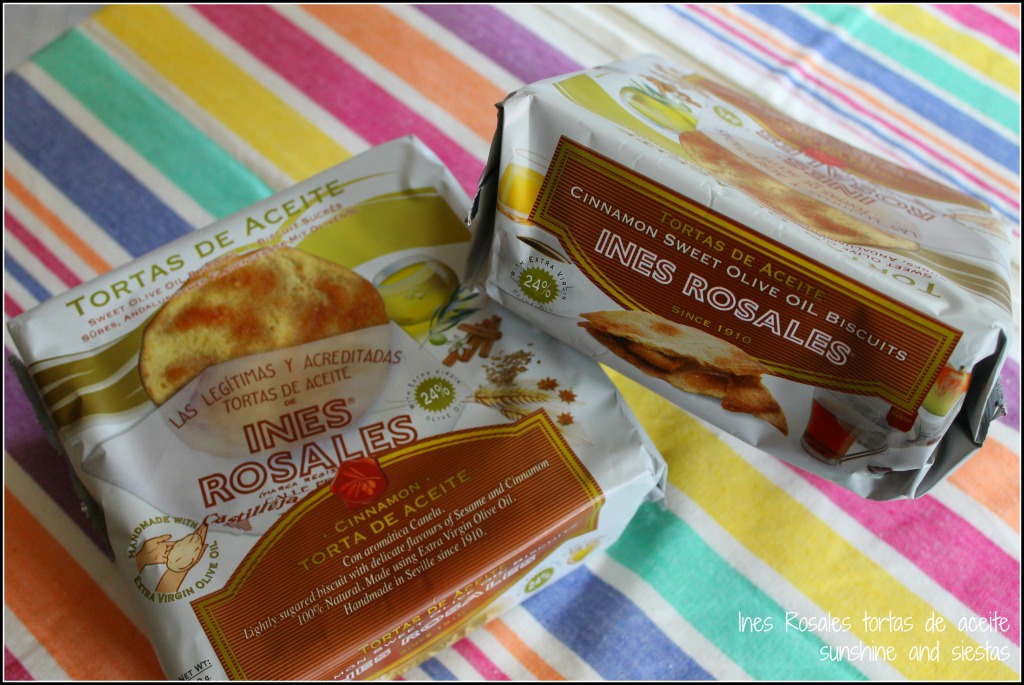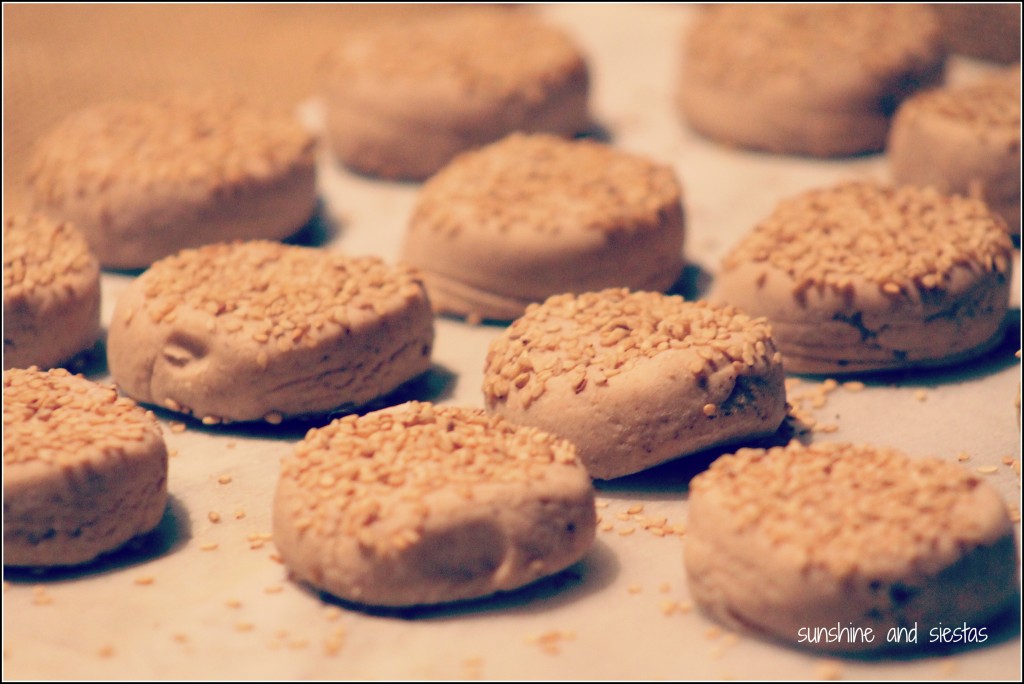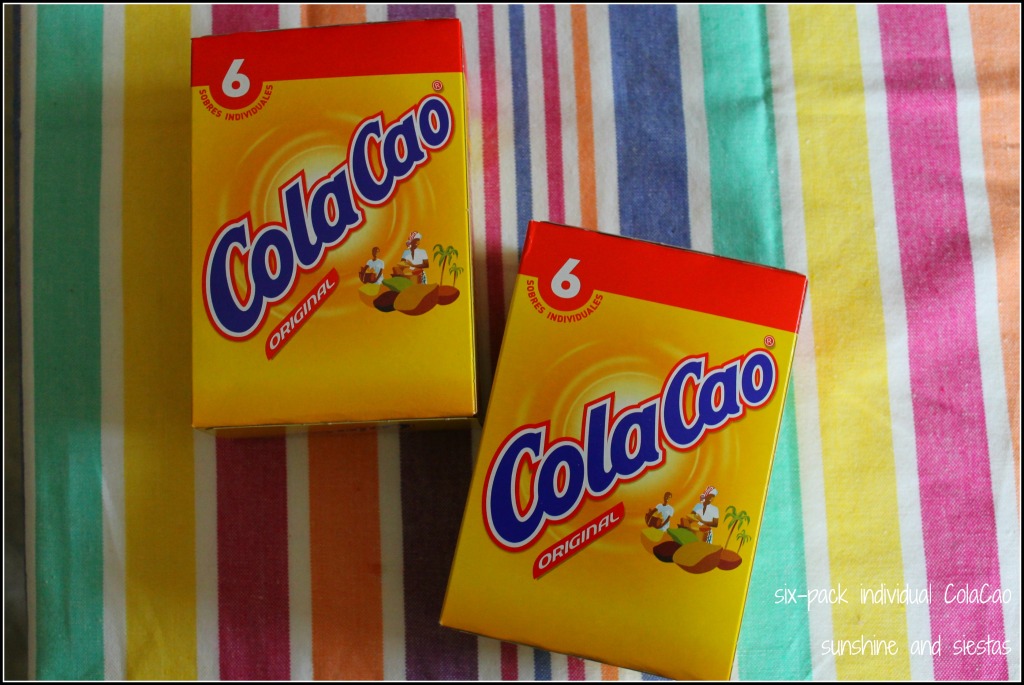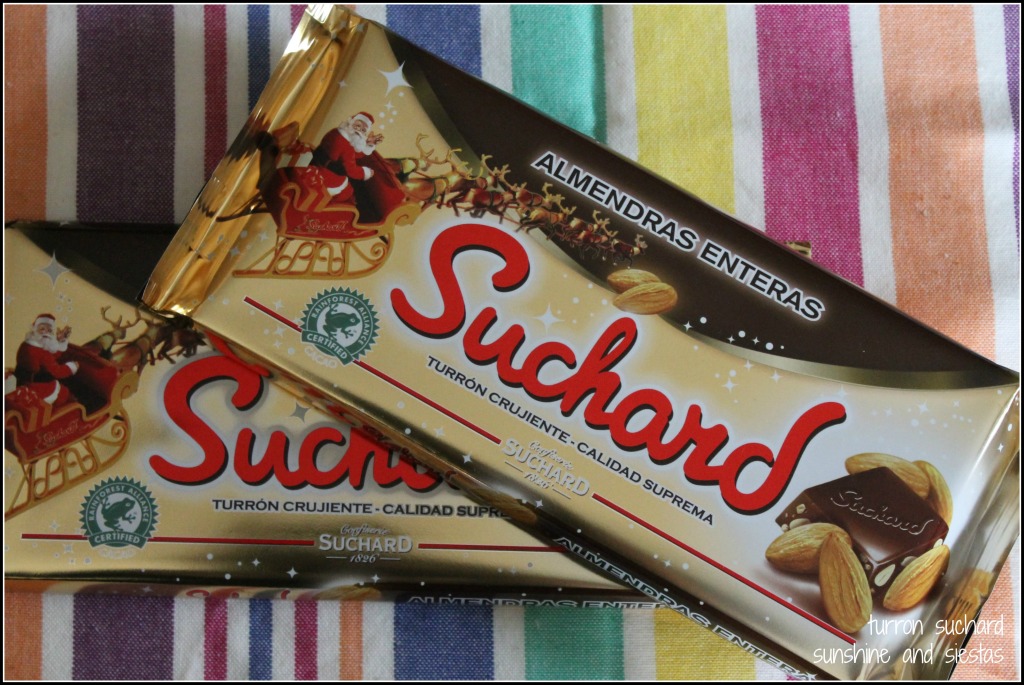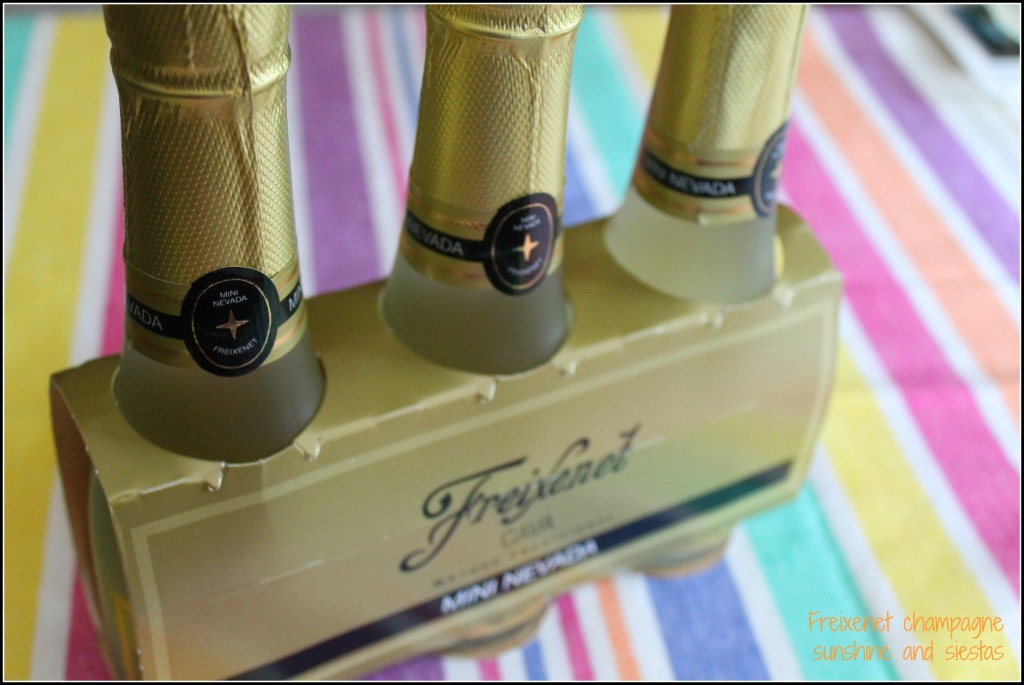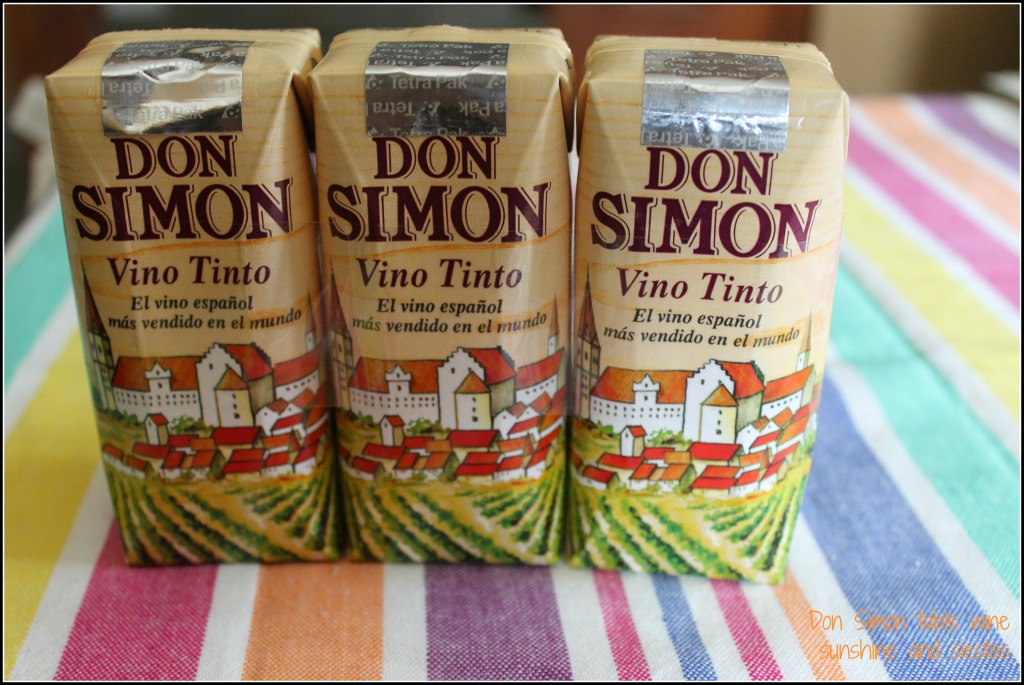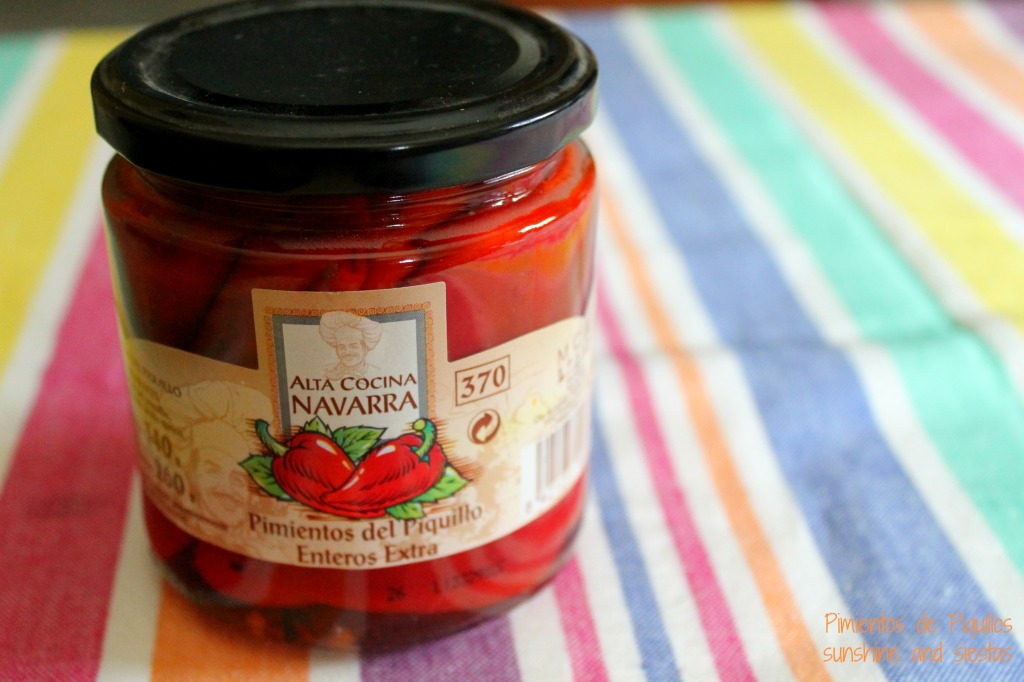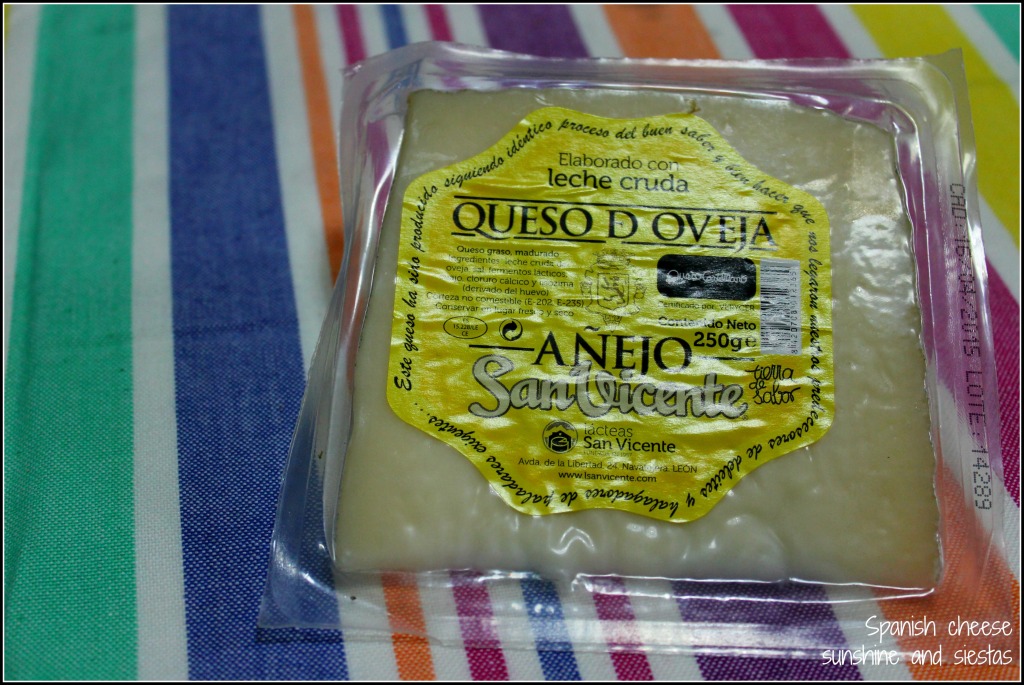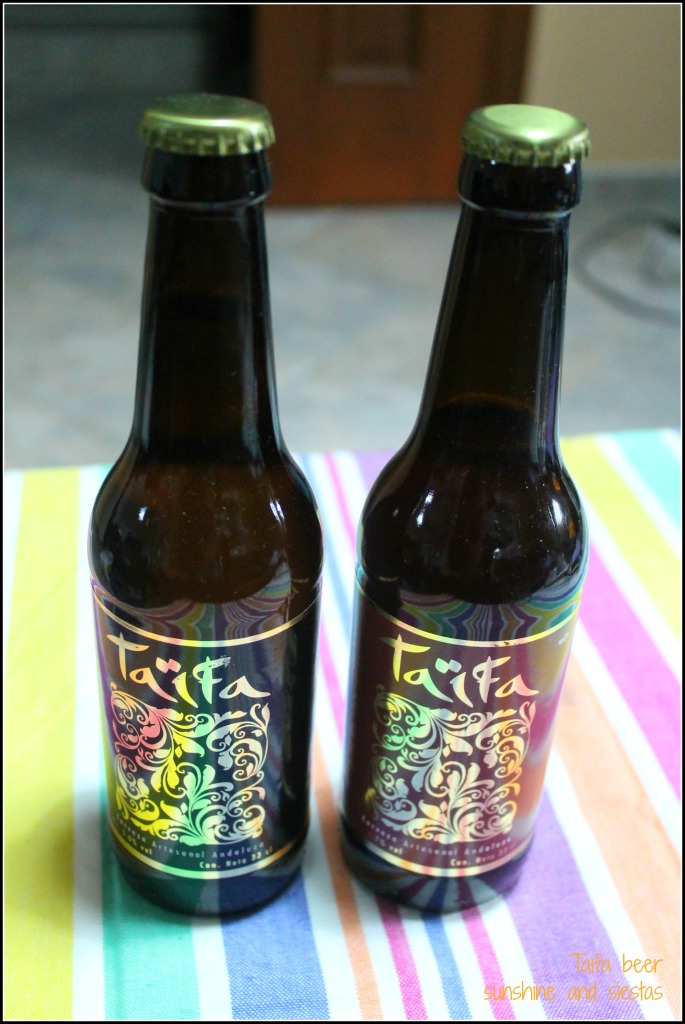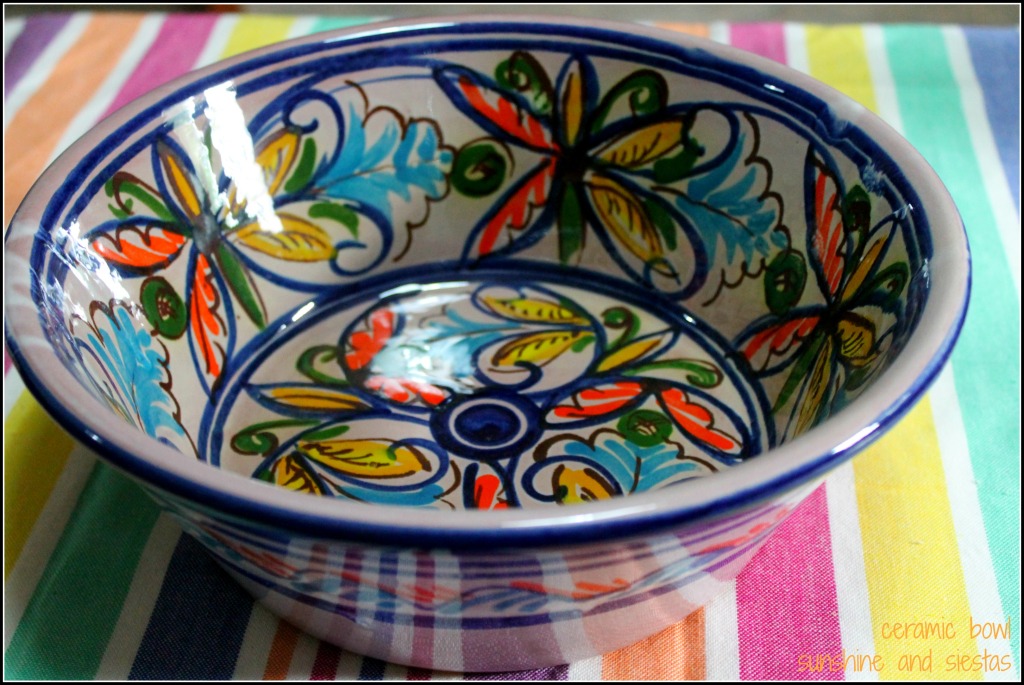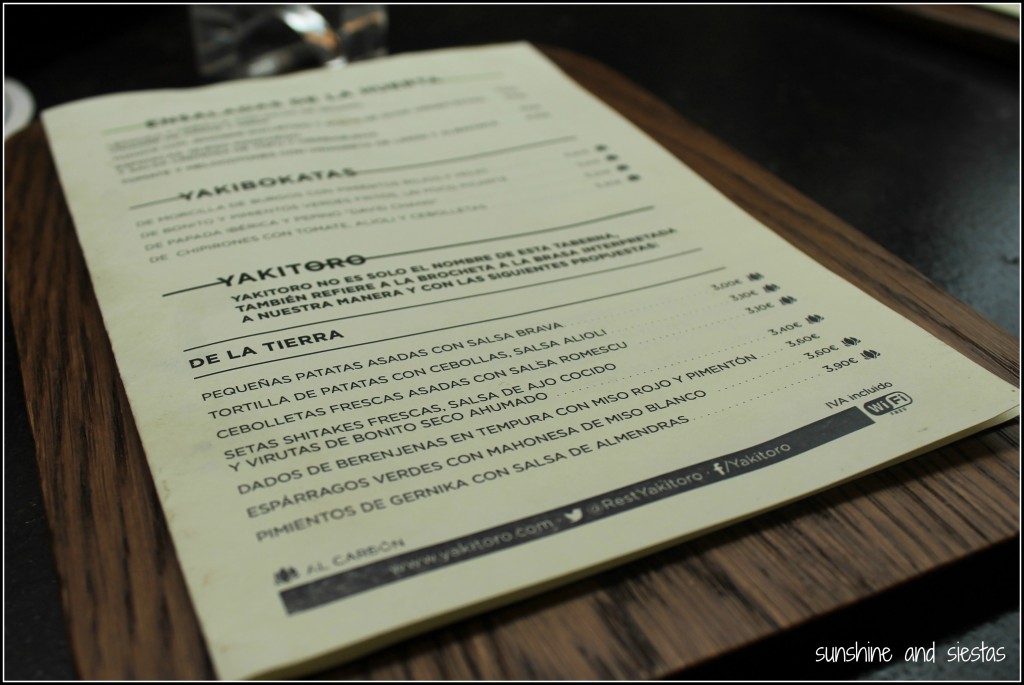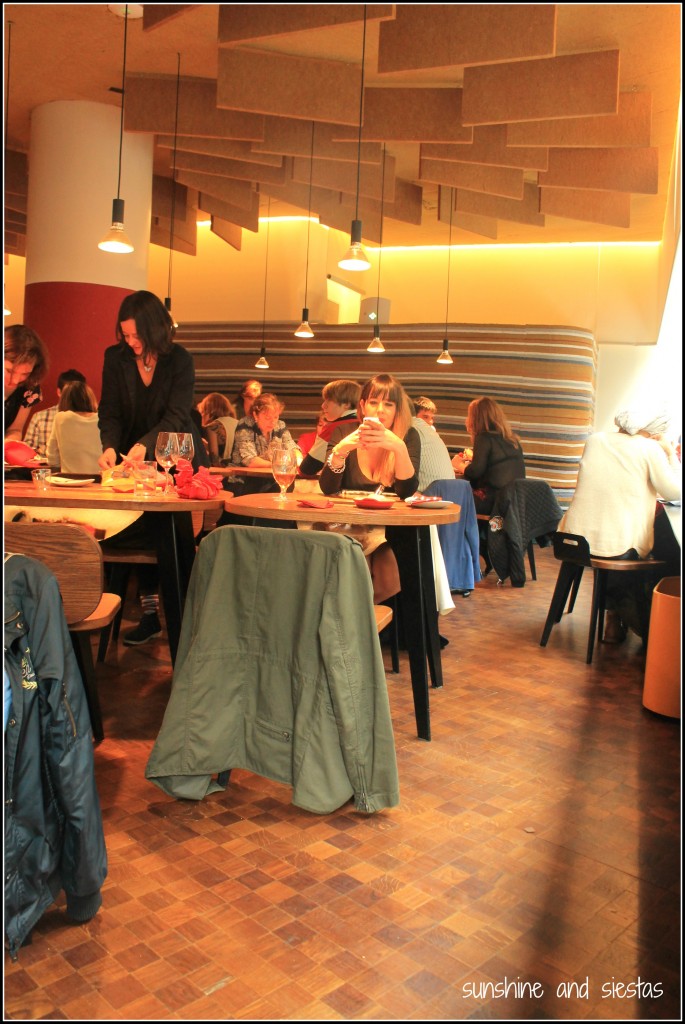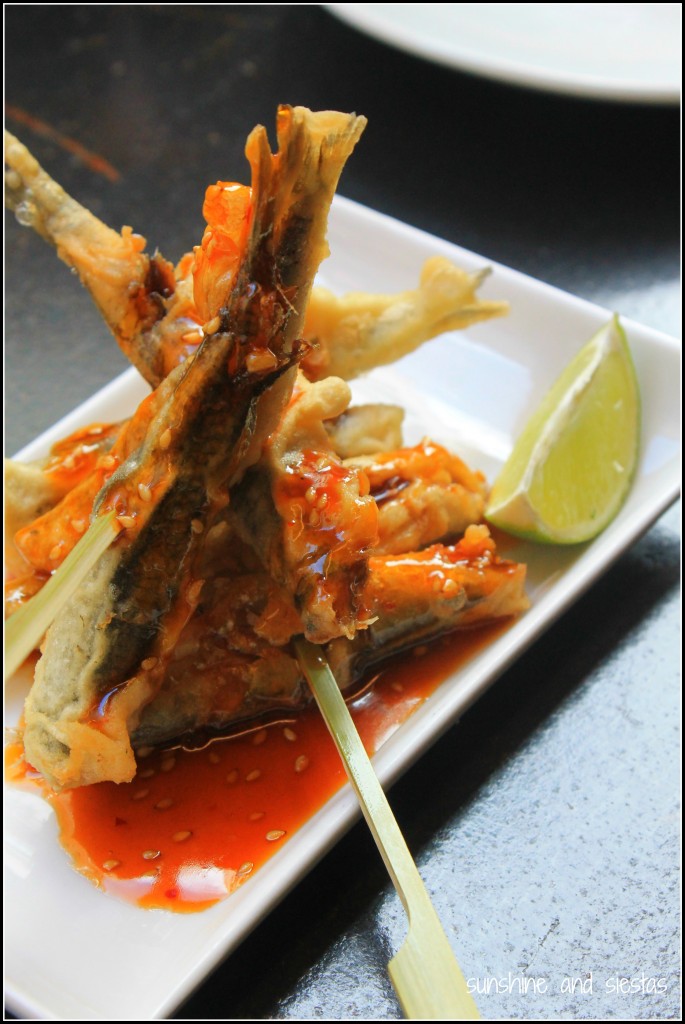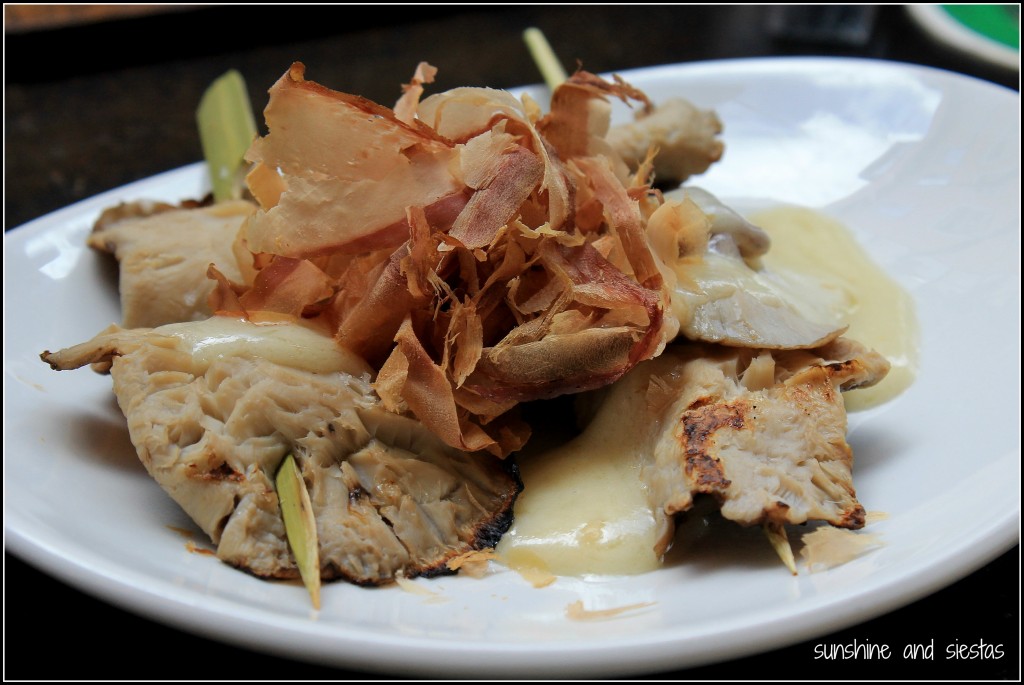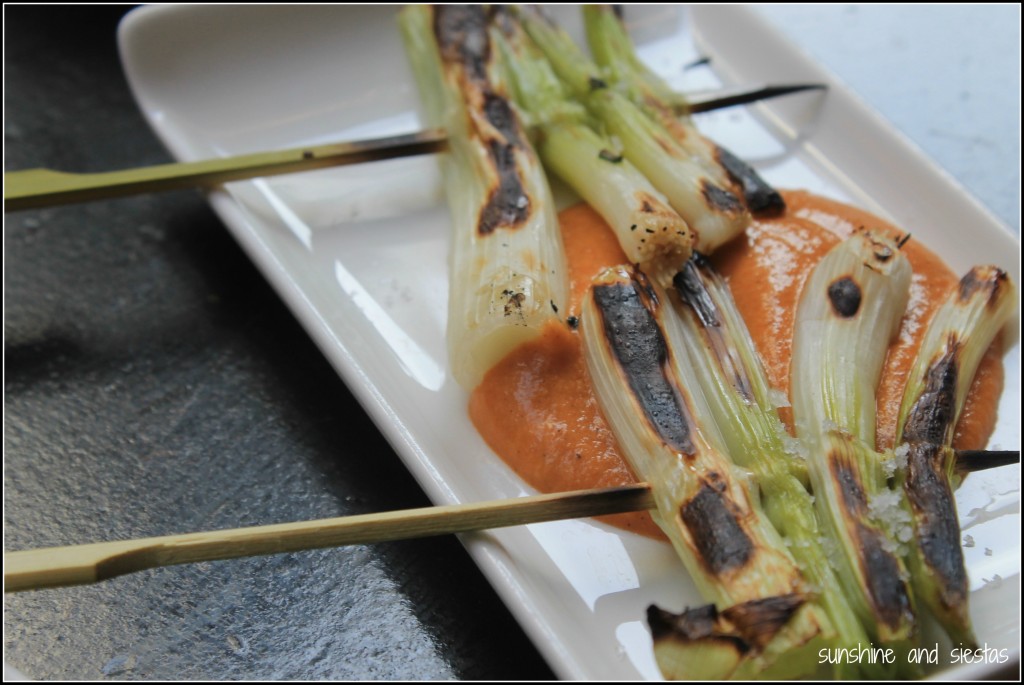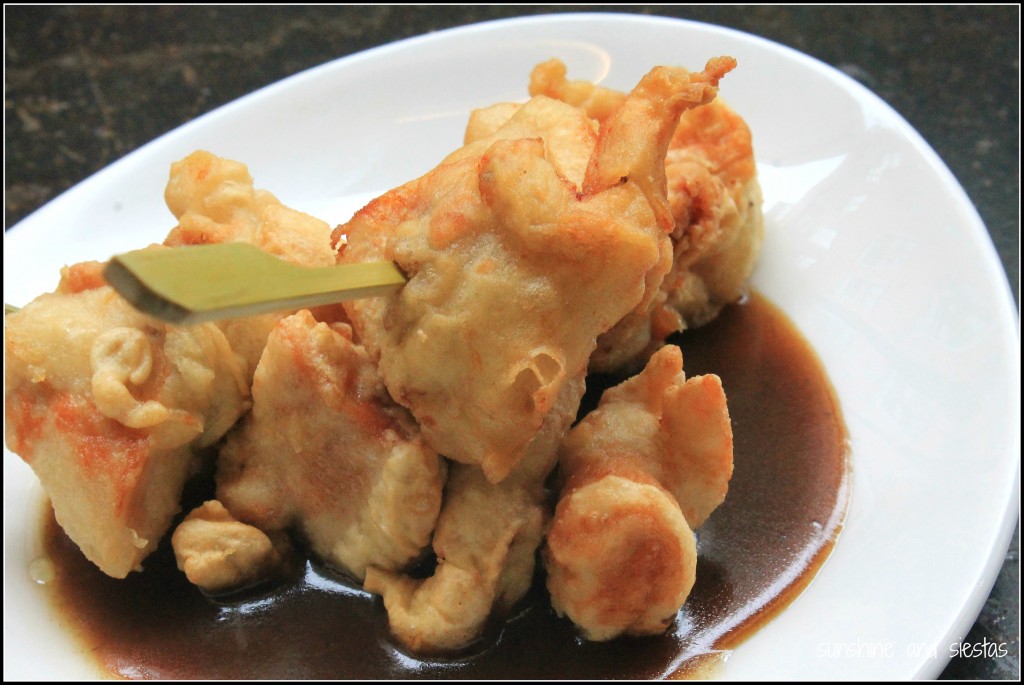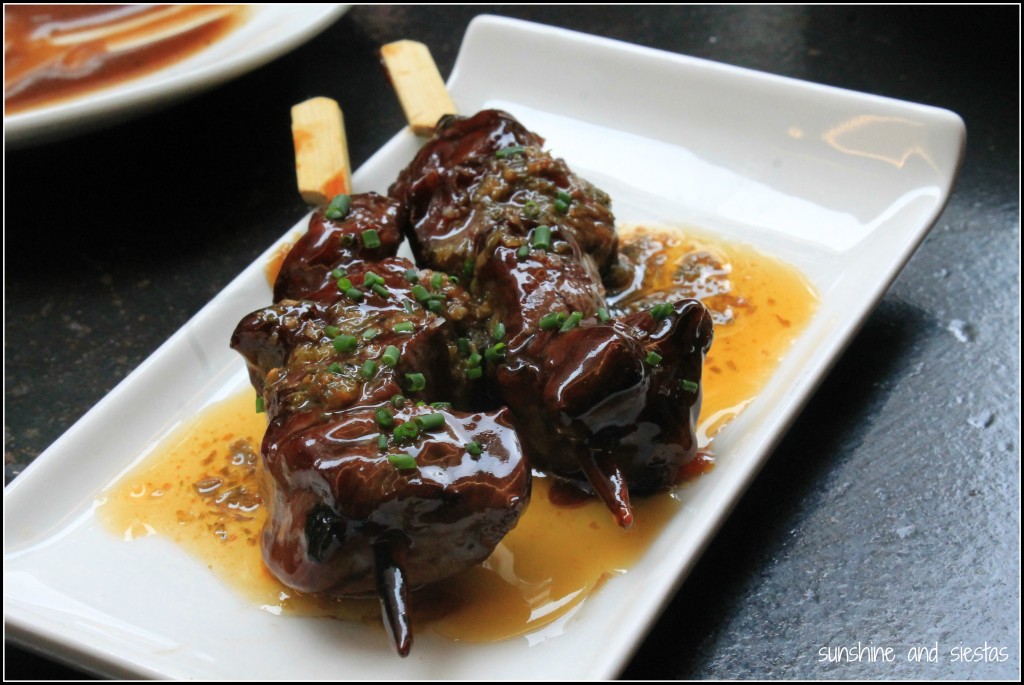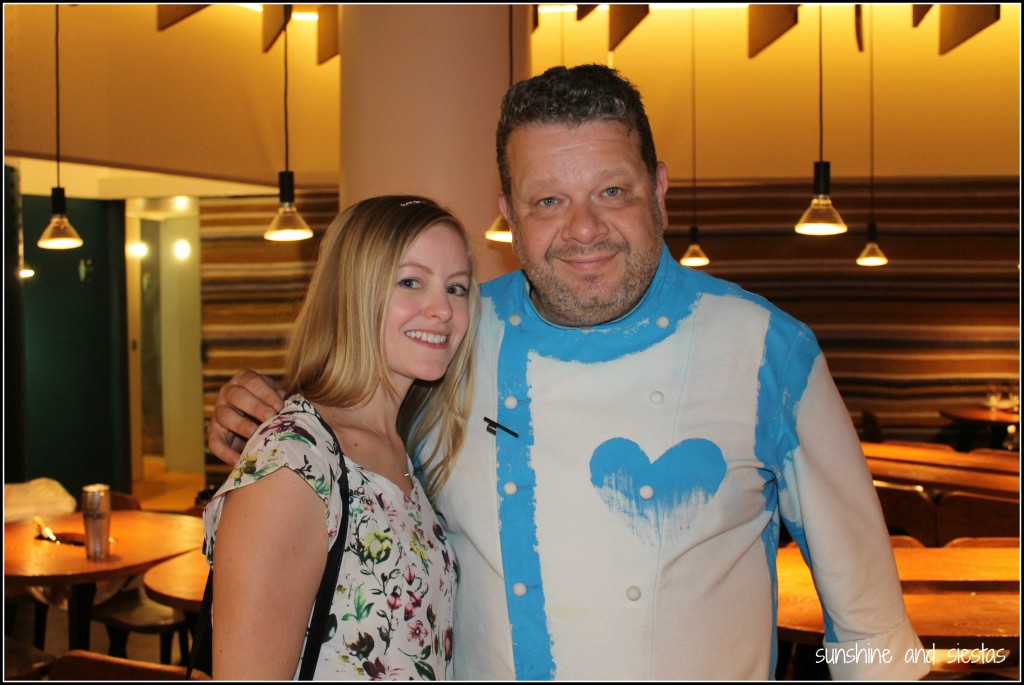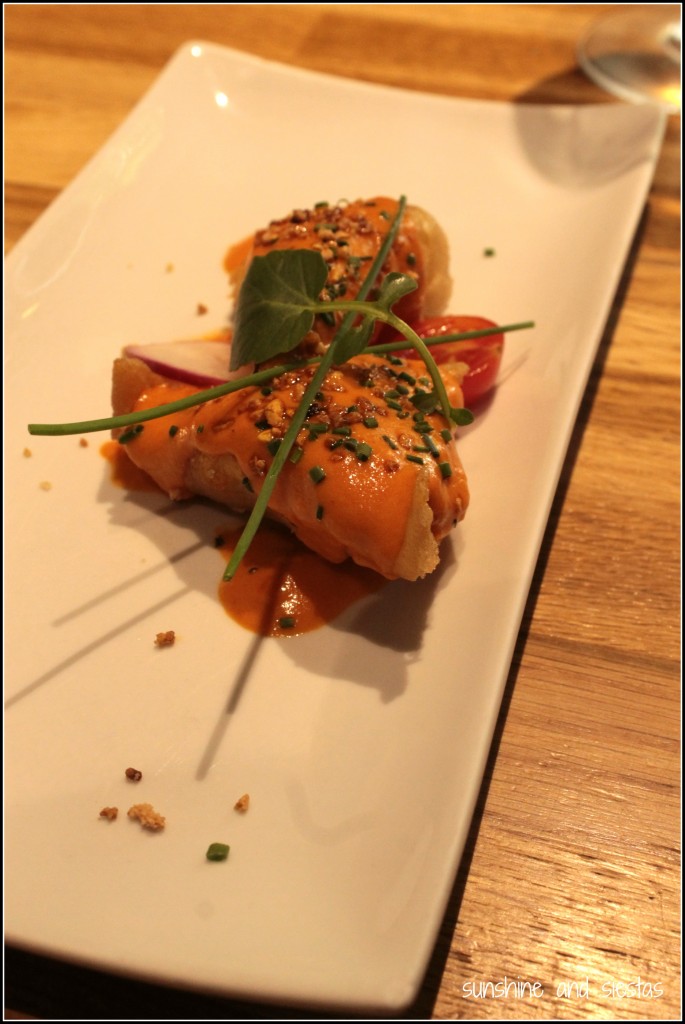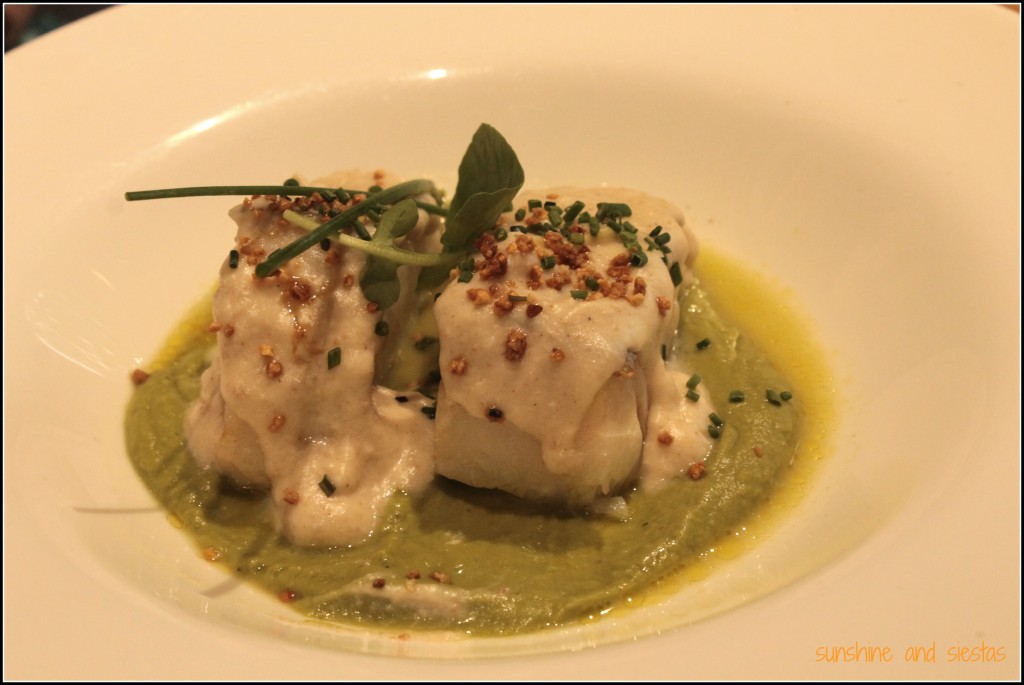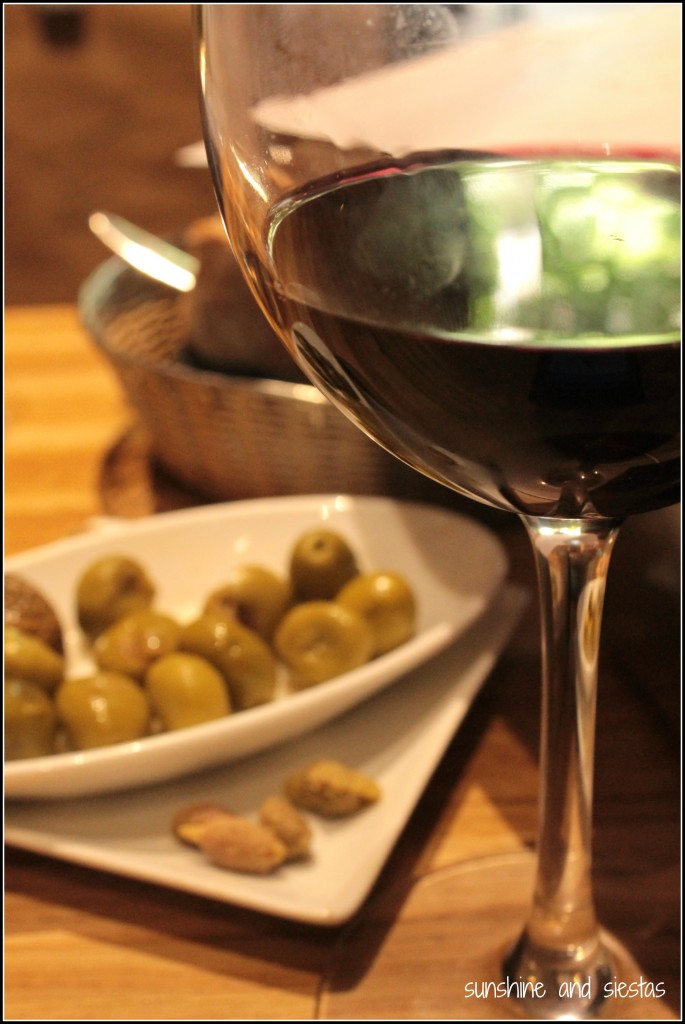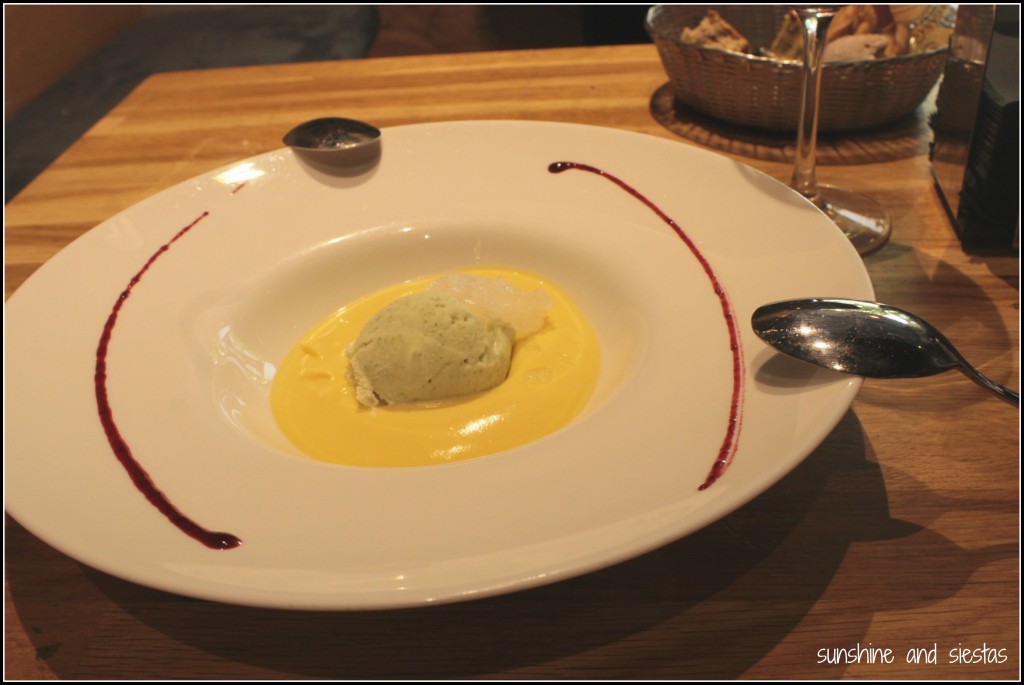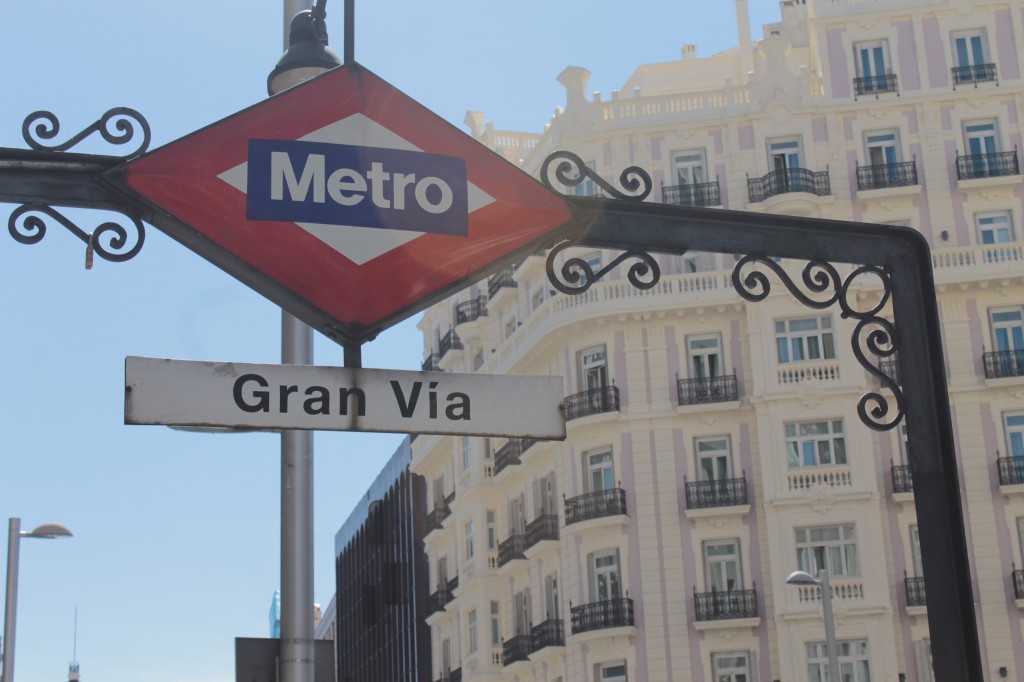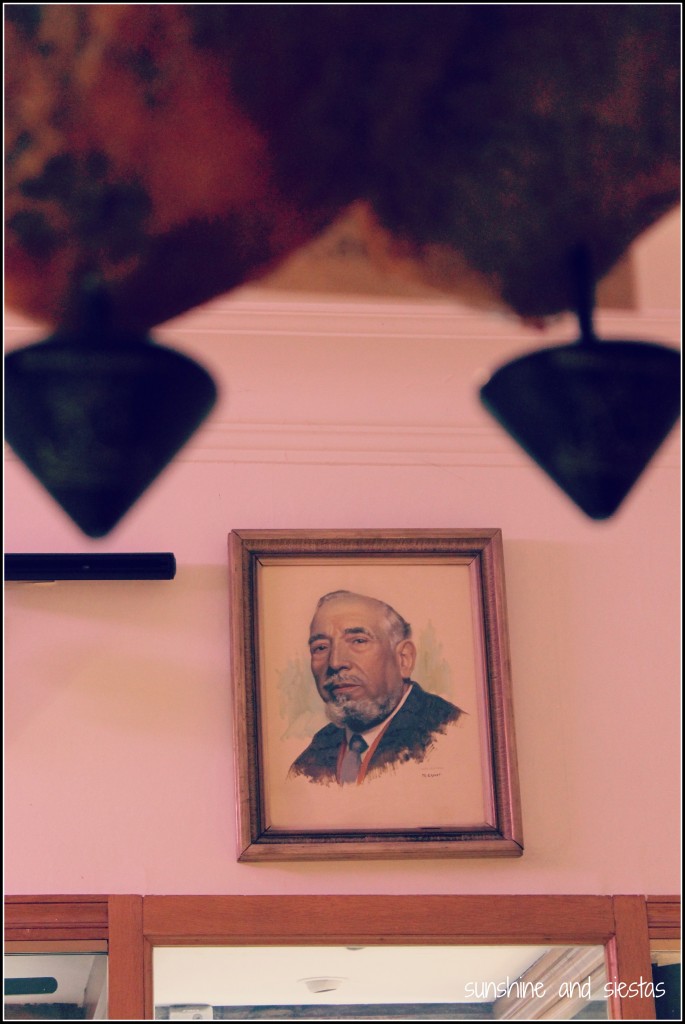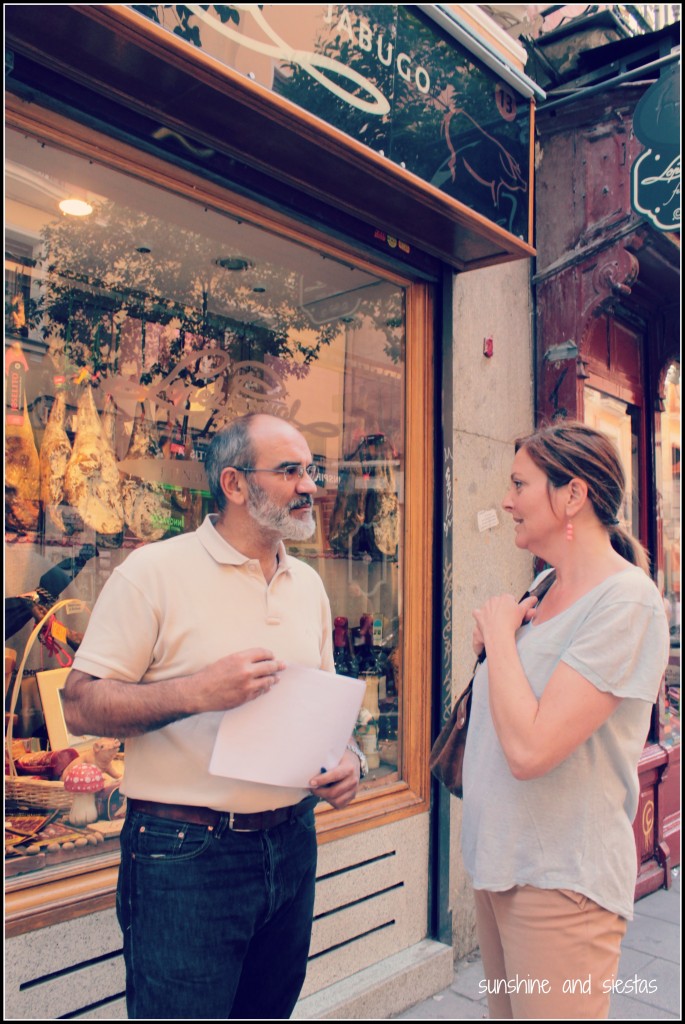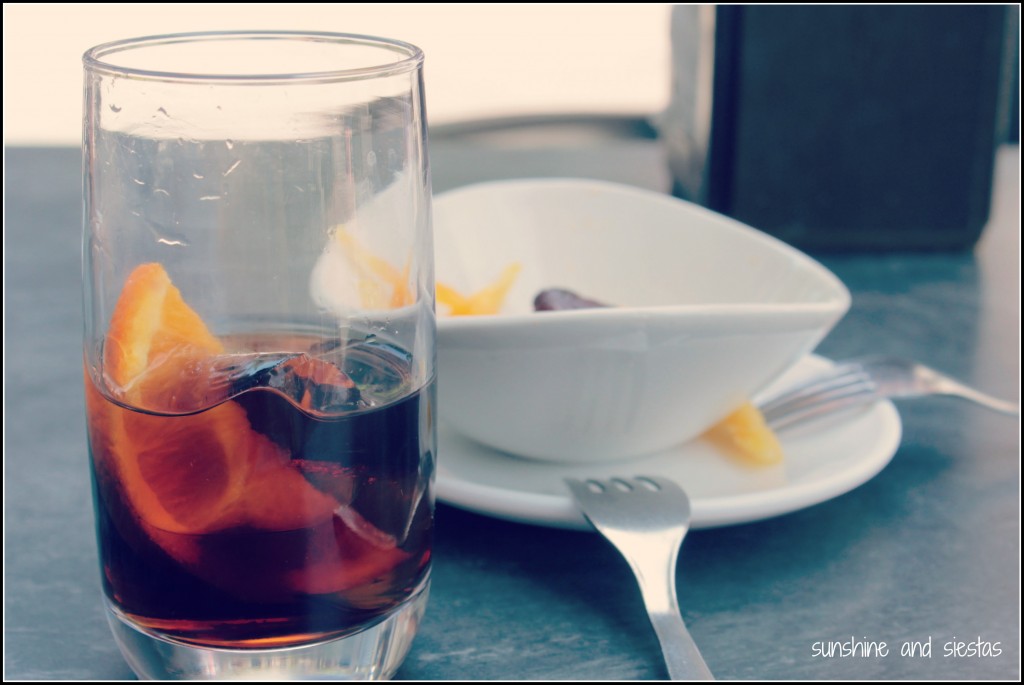To say that Barcelona (as a city) underwhelms me is an understatement. And its food? Ugh, I don’t even want to go there. In my half a dozen previous trips to Catalonia, a place renowned for being avant garde – in food and otherwise – I’d never really had a decent food experience. From the overpriced paella on Las Ramblas to reheated pintxos in El Born, I was decebut.
That’s where Eat Guides came in. Written by Regina Winkle-Bryan, an transplant from foodie haven Portland to the Ciudad Condal, and Adrián Benítez Martos, a born and bred barcelonés, did my homework for me. I was thrilled to have Reg send me a copy of the ebook she and Adri had penned to help tourists like me understand catalan cuisine and where to find it.
Using my hotel near La Rambla and the Boquería as a starting point, I had a few hours to kill before meeting a friend and wanted to dive headfirst into real catalan cuisine. The 123-paged book lists food joints by both neighborhood and proximity to big sites, but I was interested in seeing if there was real food amidst the tourist traps in the old city. My rules – I had to be able to reach it on foot, wouldn’t order from a menu translated into English and would try four places over the course of the day.
Granja La Pallaresa
I had already zeroed in on my first stop of the day before touching down in Barcelona. After taking the first flight out in the morning, I was starving by the time I checked into the hotel, so I quickly dropped my bags and walked into the Barri Gòtic. Granja La Pallaresa as literally 30 meters off Las Ramblas, but you would have never known.
This is lo mío: Castillian and catalan blended into one incomprehensible buzz in the wood-paneled bar manned by a portly woman and her husband, who sported a black satin bow tie. I didn’t ask to see a menu, but ordered what Regina suggested: an ensaimada pastry and a cup of French chocolate.
I watched as the other patrons read newspapers in catalan and picked at their churros. My flaky ensaimada arrived with so much powdeed sugar that it left a ring on the table as I paid my 4,15€ and drank down the chocolate.
Carrer Petrixol, 11. Open Monday to Saturday from 9am to 1pm and 4pm to 9pm, and Sundays from 9am to 1pm and 5pm to 9pm.
Bodega
When Catherine and I went to Barcelona a decade ago, we stayed in El Raval. It’s gritty, it’s long been considered seedy and unsafe, and it’s full of old man bars.
I wanted to take the long way to my next stop, but the long way meant passing a whole slew of old man bars, and I always get sucked into them. Just two blocks down, I found that these so-called ‘bodegas’ are staples in working neighborhoods. Much more than just a bar, the bodegas also sell drinks and snacks, as well as canned goods, and locals have their preferred place. I ordered a vemouth at 1,85€, which came with four mussels.
This place was one of the good ones – there was no bar, just coolers in its place. No dishwasher. No cell service. Two adorable grandpas who called the waitress nena. Rock FM on the stereo. Everyone in the neighborhood in the time it took me to drink a vermouth and scribble down some notes on pieces of paper I’d hastily ripped out of a notebook. A woman walked in with a crumpled water bottle and contemplated the taps on the wall. “Pues, un moscatel quiero hoy.”
I took Catherine back the next day.
Carrer del Pintor Fortuny, 26. Open daily, though I could never tell you when.
Cervecería Moritz
I knew Barcelona produced Estrella Damm beer, but Moritz is served on tap at many bars in the region. Its namesake was the brewery’s founder, Louis Moritz. Barcelona has long been a haven for foreigners, and Moritz left his native France for the ciudad condal in the 1850s, setting up a small brewery in El Raval.
More than 160 years later, Moritz is the only beer in the world whose marketing is done entirely in Catalan, and their swanky headquarters is part museum, part brewery and part gastrobar. Though beer is no longer mass-produced on Ronda Sant Antoni, they do serve two types of unpasteurized beer that’s been made in-house. I had two – one of each flavor – for 3,80€.
Ronda de Sant Antoni, 41 (Universitat or Sant Antoni). Open daily from noon to 2am. Accepts credit cards.
Onofre
My hunger had somewhat dissipated by the time I got to Onofre, a tapas bar located just inside the Barri Gótic’s old city walls. Part restaurant, part wine shop, I was actually asked to get up from my seat when a patron wanted to snag a bottle of wine from right behind me. The place felt intimate – there was another lone diner and a group of business people chatting quietly at a table in the corner.
Without thinking much, I blindly ordered the menú del día without even checking out the tapas menu. As Adri points out in Eat Guides, quality tapas bars in the center of town are hard to come by, but Onofre does regional tapas and does them well. The menu featured three dishes: a creamy lentil purée, over-roasted provolone with red berries and a spicy carnitas burrito, followed up with a slice of cake. Overall, they were probably the best tapas I’ve had in Barcelona, but nothing terribly special. The four dishes and a beer cost 10,75€.
Carrer de Magdalen, 19 (Jaume I). Open Monday to Saturday from 10am – 5pm and 7:30pm – midnight.
The Take Away
Good food isn’t completely absent of the Barcelona cuisine scene, though you have to know where to look. Any place on the Ramblas and Barri Gòtic (as well as near a touristic monument) is more or less off-limits, though Gràcia, Poblesec and Poblenou are said to be up-and-coming gastronomic hot spots.
Using what I’d read in Eat Guides, Saturday night would be a time to venture out on our own and see if we could find something good. We headed to Sant Antoni on foot to see the neighborhood’s Correfoc, a rain of sparks and firecrackers in the street. Even after a food tour in the morning, we were stuffed.
Casa Lucio spilled light onto the dark street. The place felt like a cave, with a small bar, seating downstairs and racks of wine on the wall. We ordered a few glasses of Habla del Silencio and asked to see a menu. But there was none, so Lucio, a moody old dog with glasses and a thick white beard, listed what they had orally. The only other person who spoke English in the whole place was the waiter, Patrick.We ordered more than our fill, mainly pintxos of meats and cheeses, as well as a bottle of wine to take with us, for around 60€.
Carrer de Vildomat, 59. Open for lunch and dinner.
Eat Guides Barcelona
Having shared a meal with Regina as part of the Spain Scoop team, I knew that eats are important to her. It’s no surprise, then, that the Eat Guides ebook is a fun read and more than just a guide on where to eat – each listing has anecdotes, recommendations on what to order and drink from both vegetarian Regina and her carnivore co-author, plus a rough estimate on price for a meal for two.
The guide is also easy to use – there are numbered maps, guides by type of food and neighborhood, as well as a handy translation guide to catalan words that a Castillian speaker likely doesn’t know. And then, of course, there are plenty of listings for watering holes, along with tips for markets and gastro-themed side trips. If you like to eat, this book is a multi-course meal, served simply but that will leave you stuffed.
The guide is $4.99 on Amazon, iBooks and Google Play – a small price to pay for a big guide! You can also take my article on your phone – offline! – by downloading GPSMyCity and purchasing this guide with built-in GPS. Your purchase helps run this site!
One thing you absolutely must do: tell me your favorite Spanish dish – catalan or otherwise!
